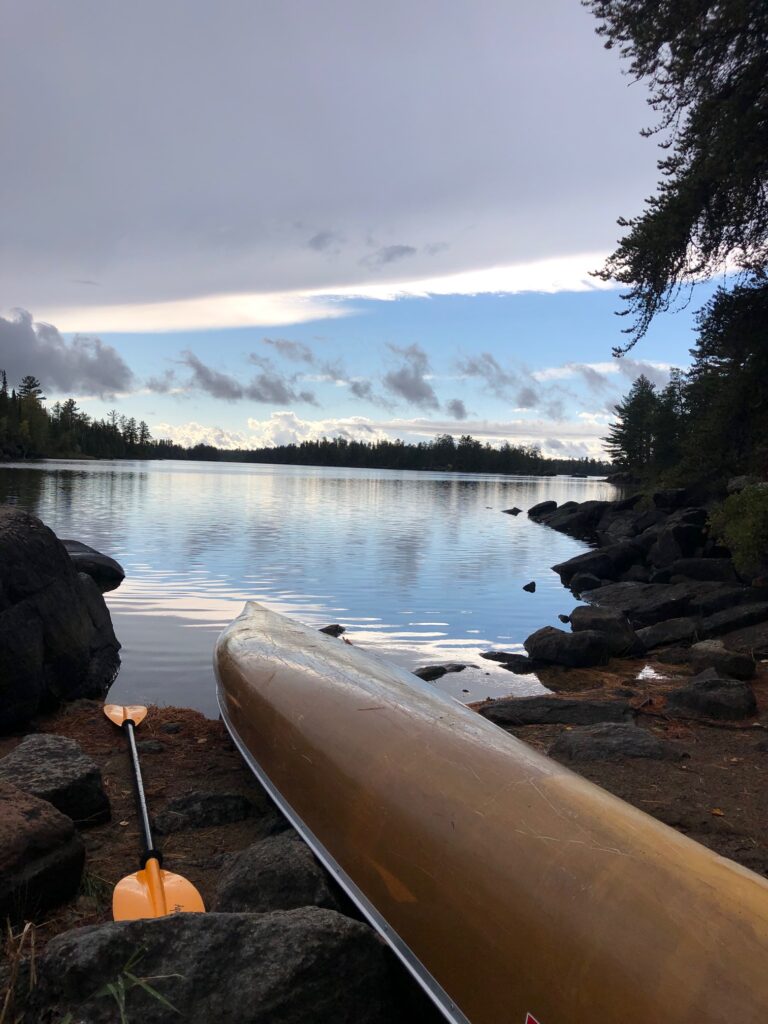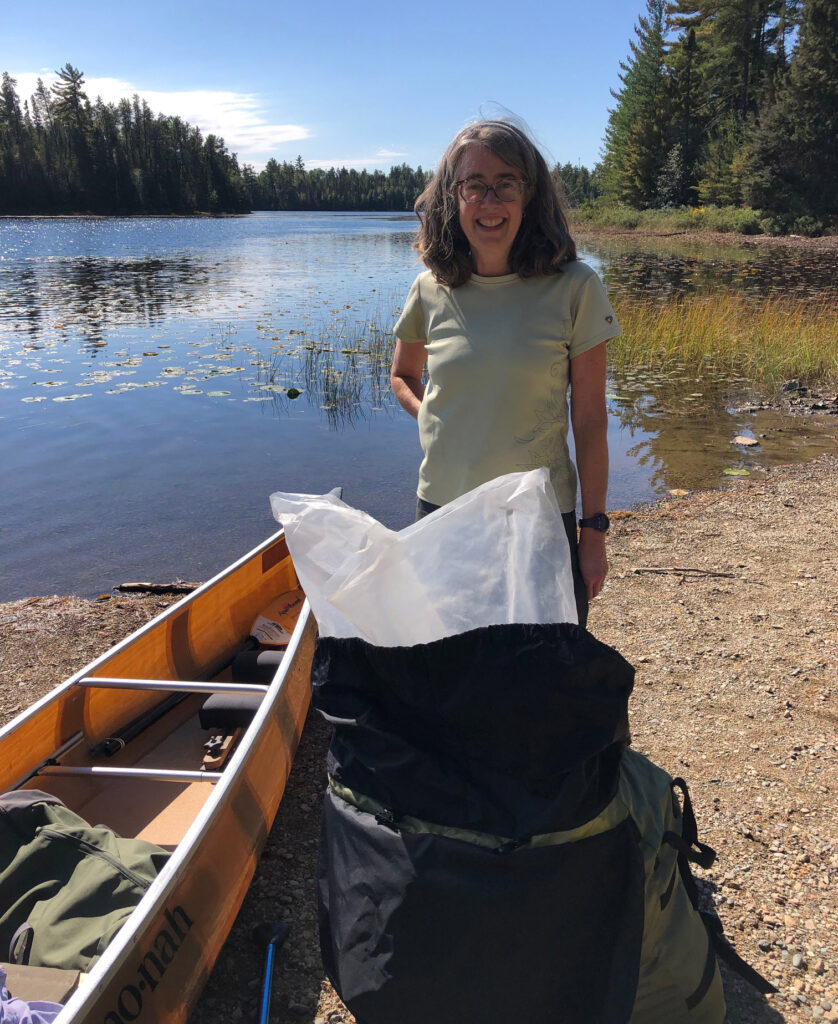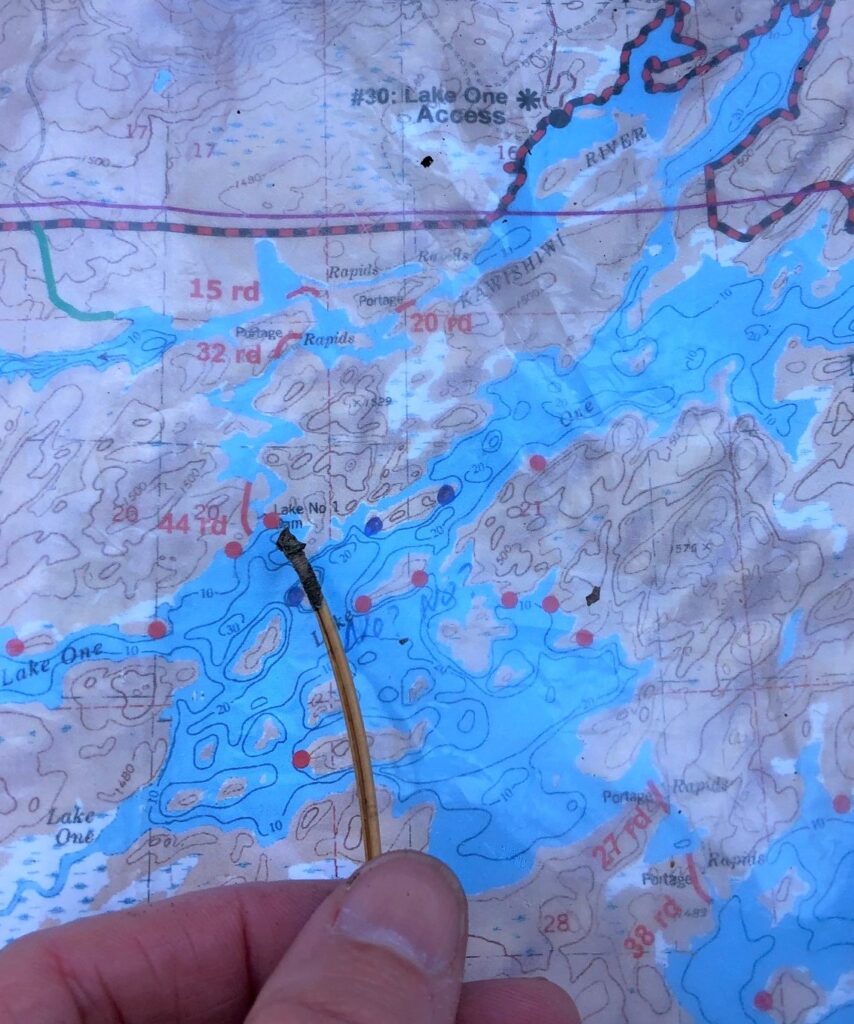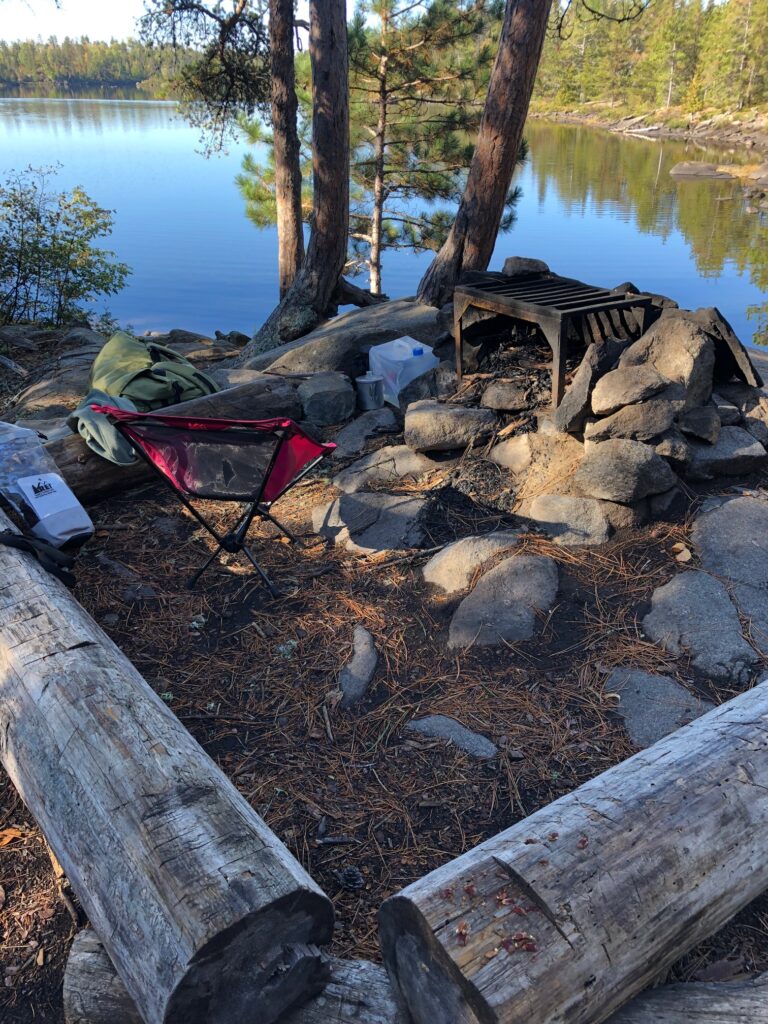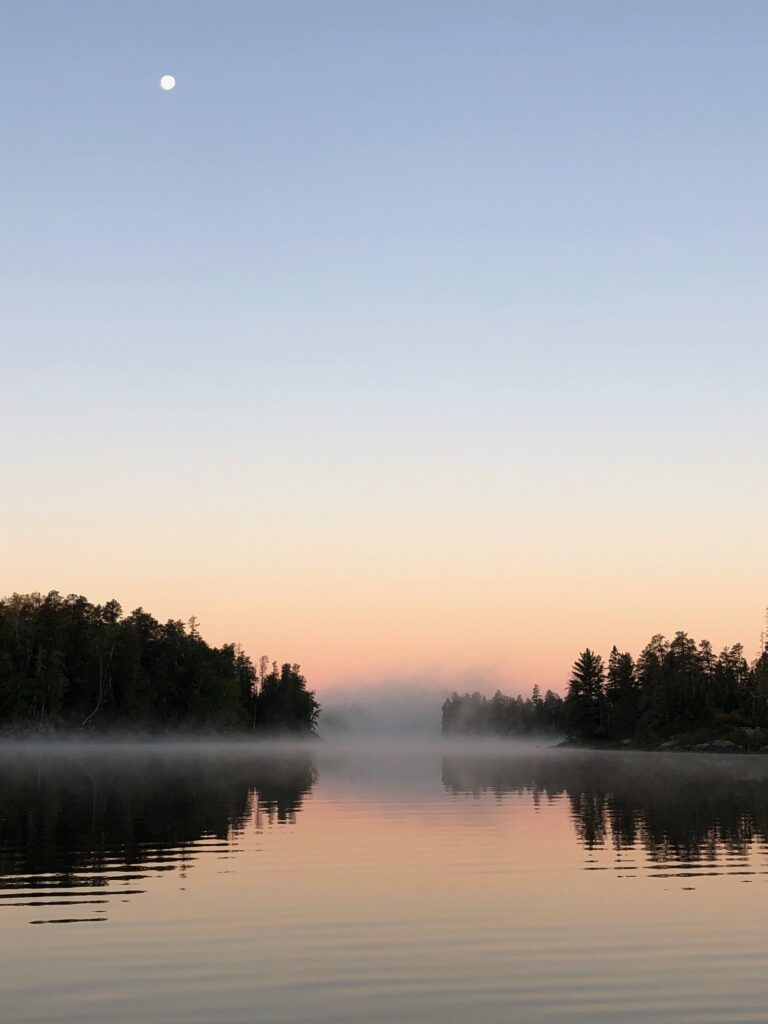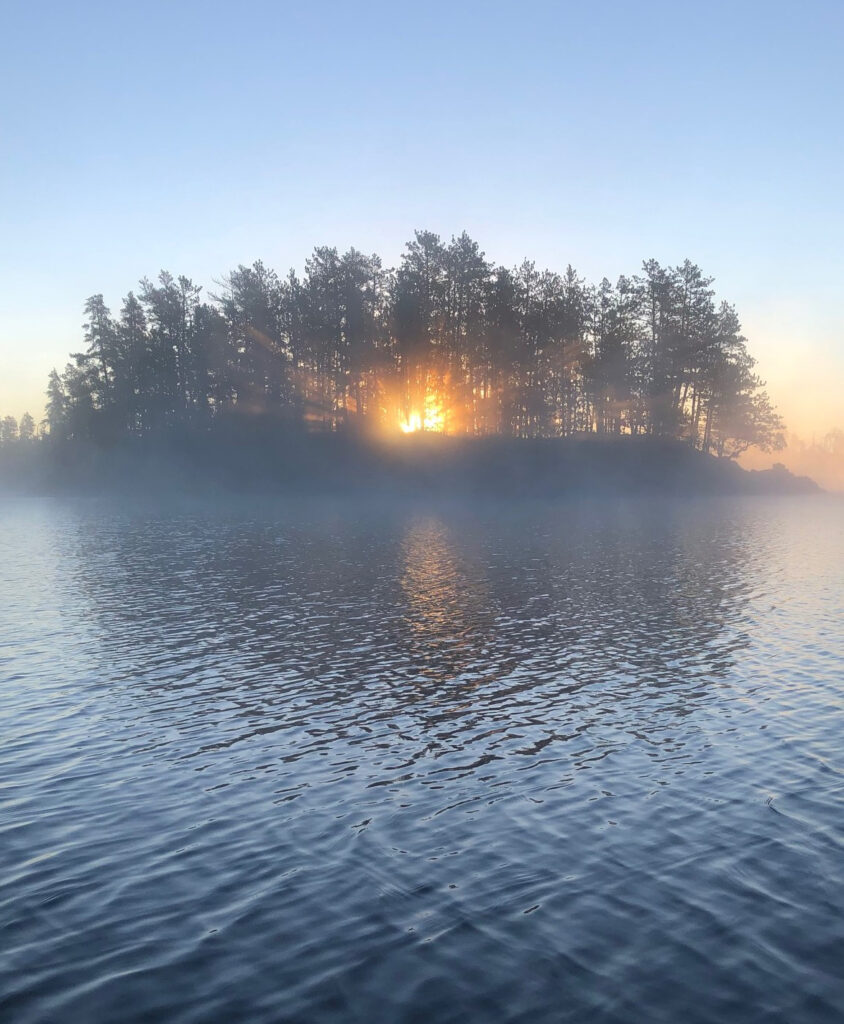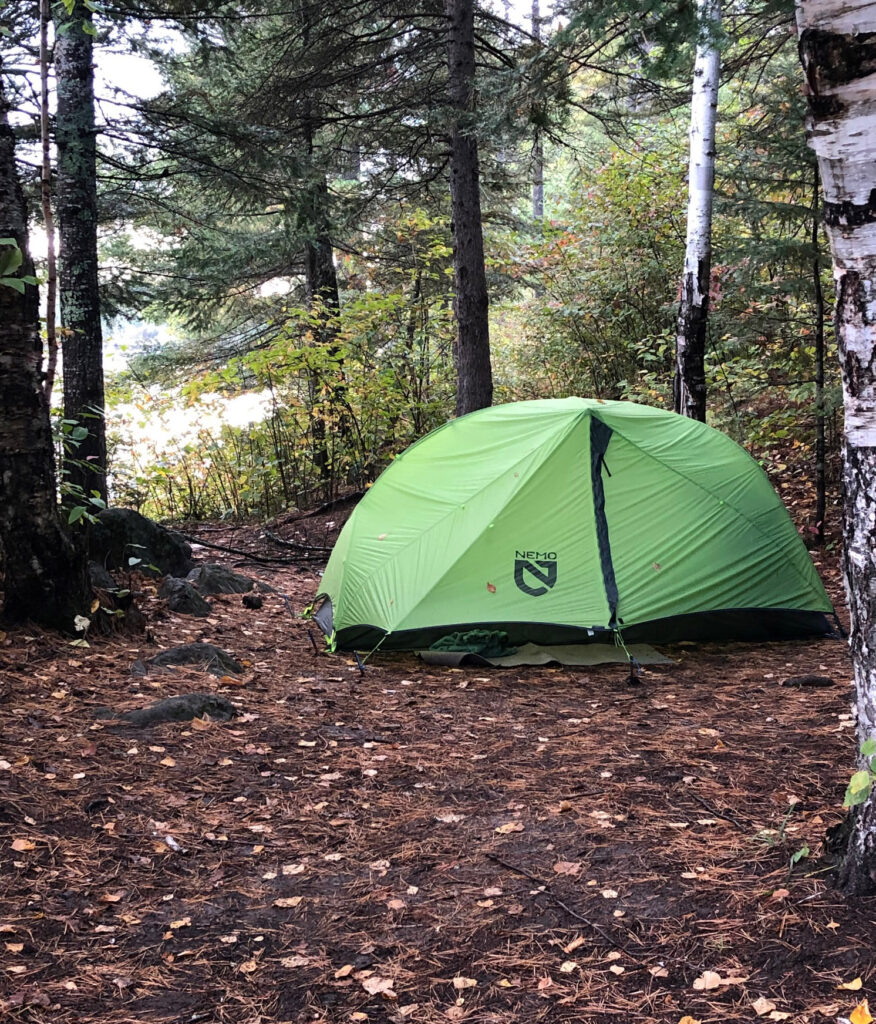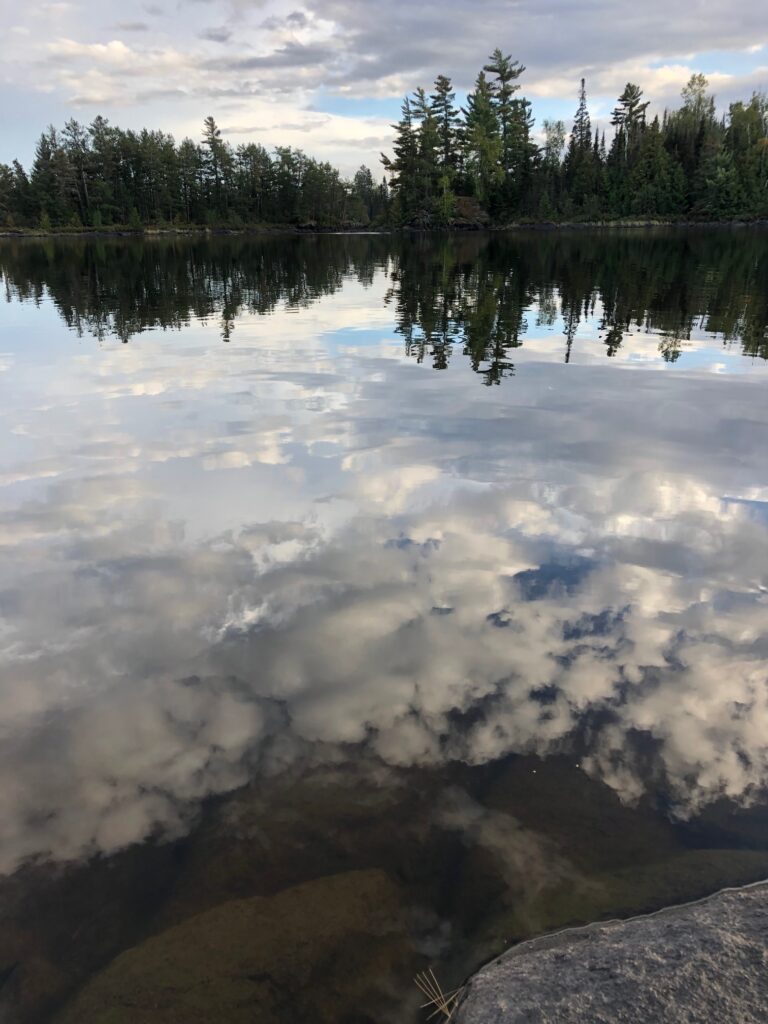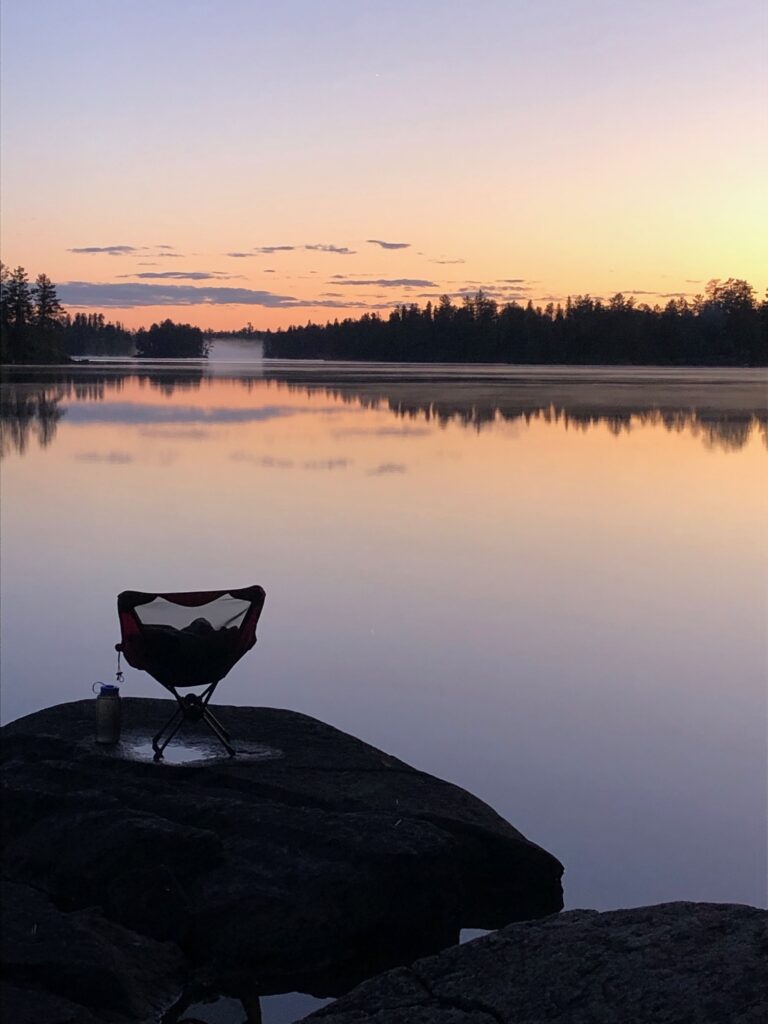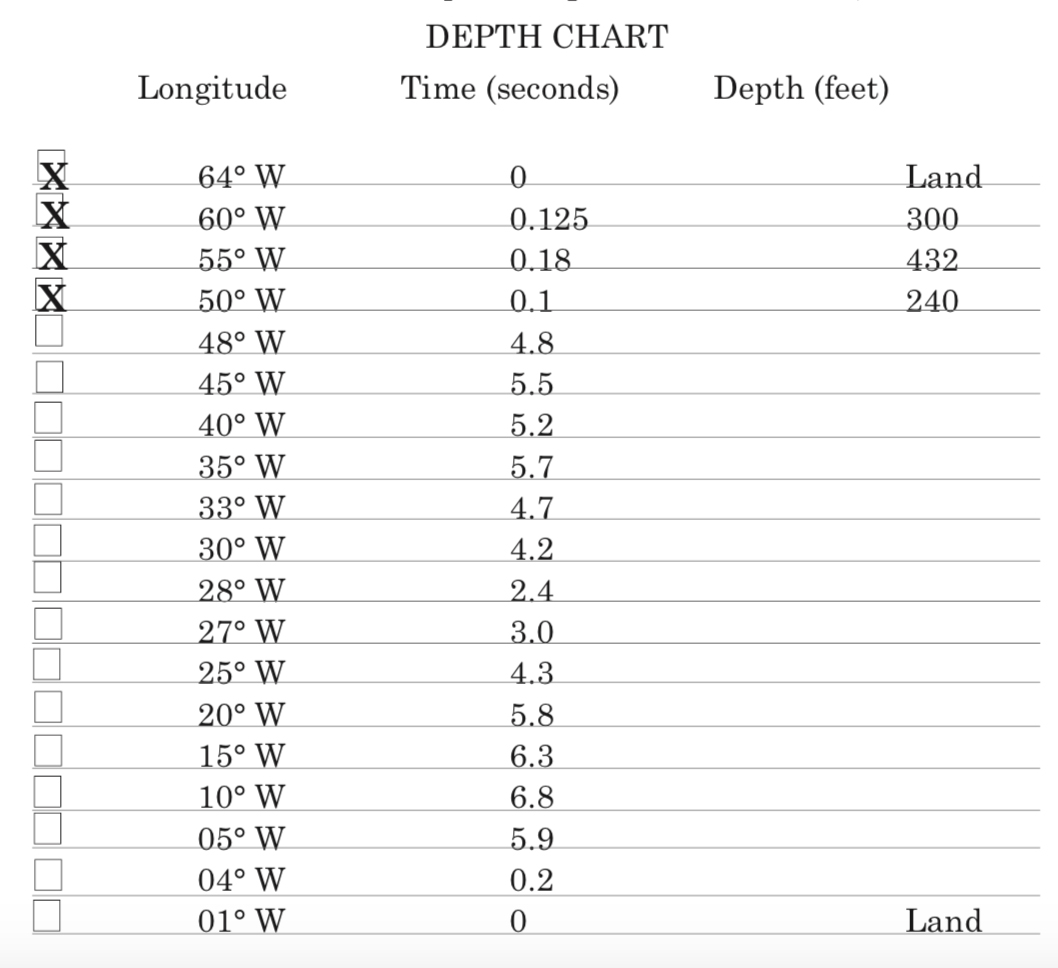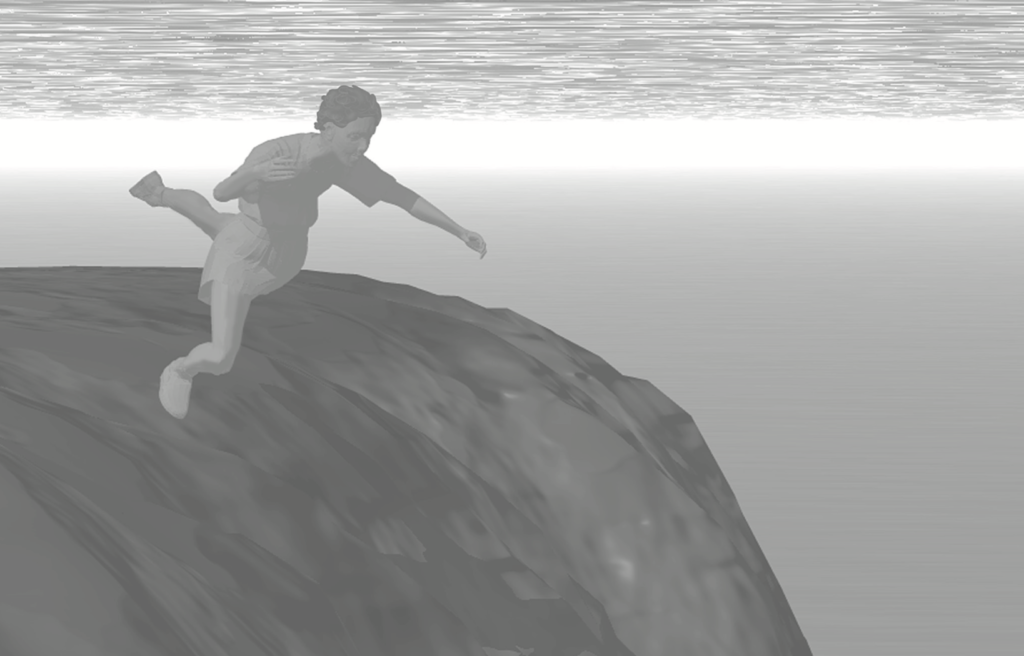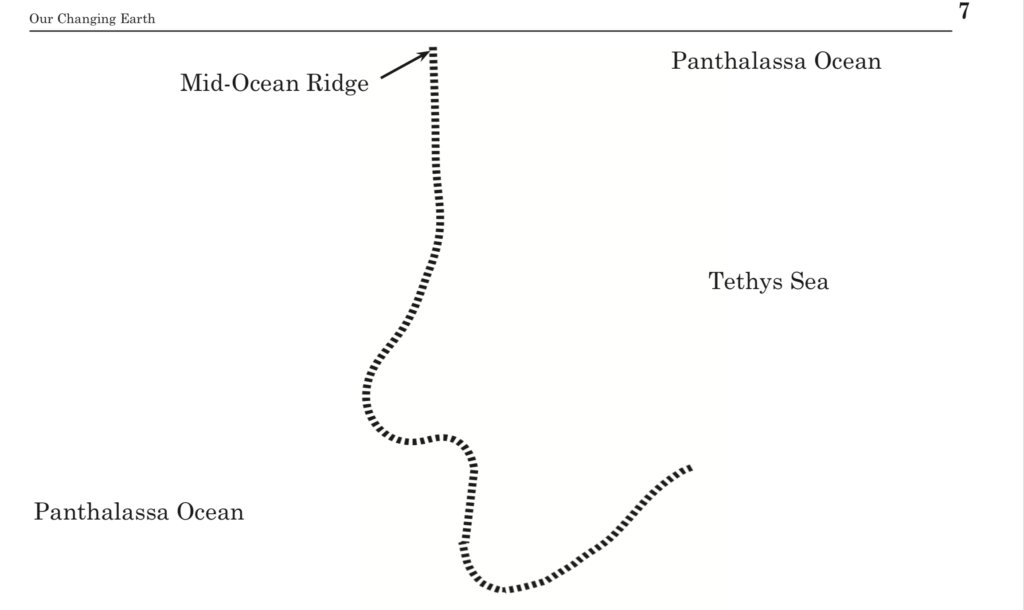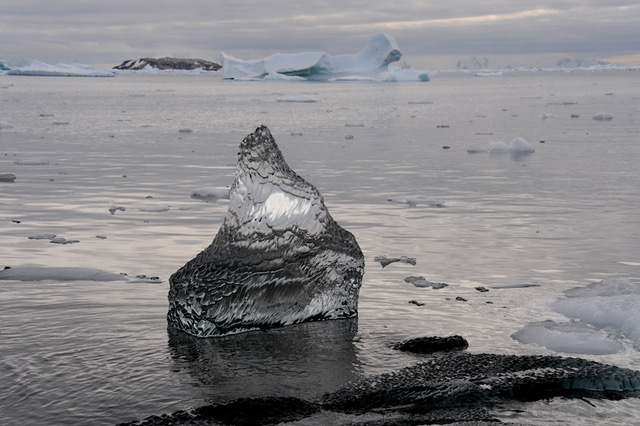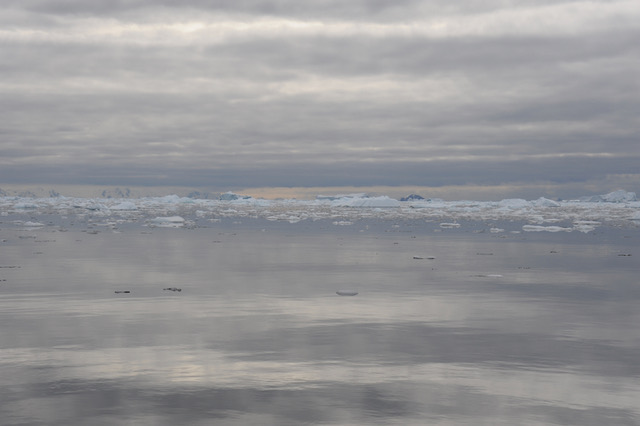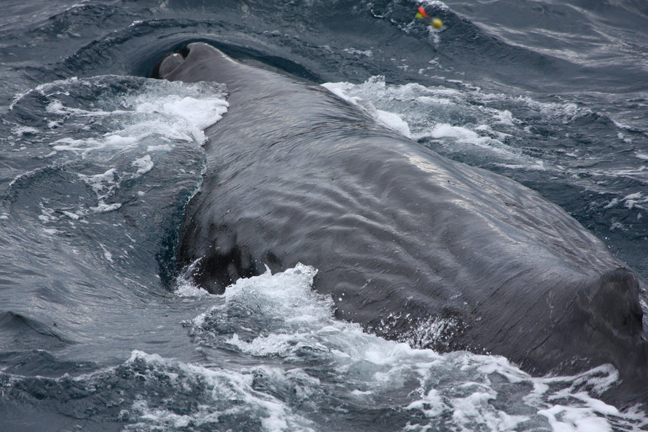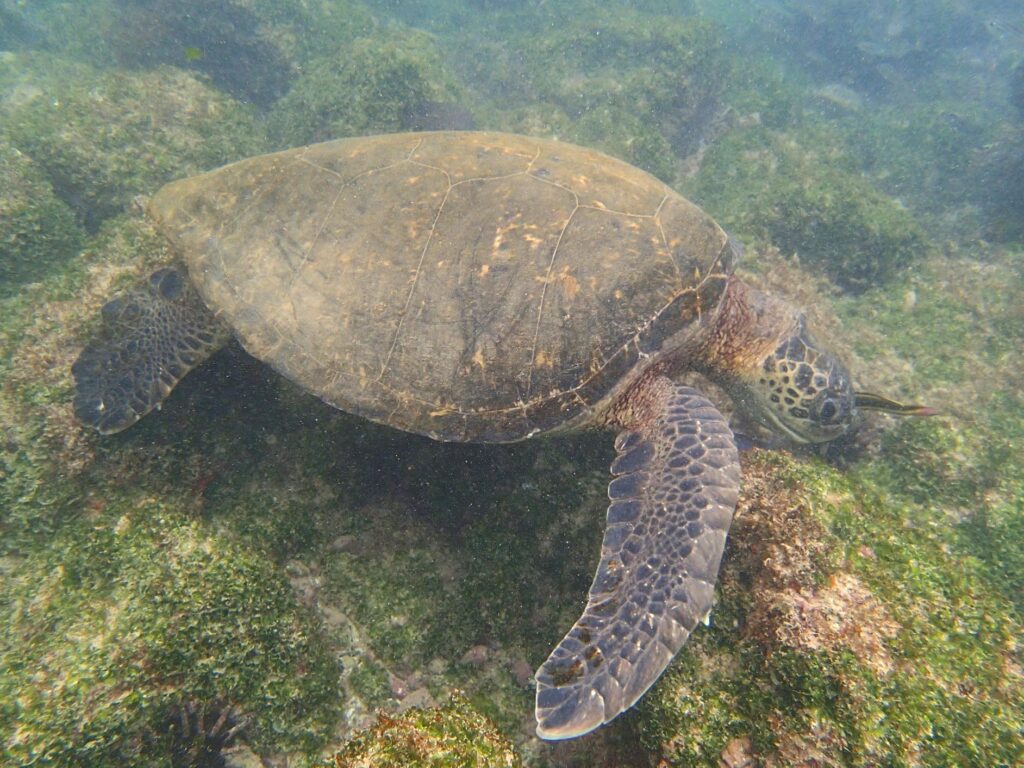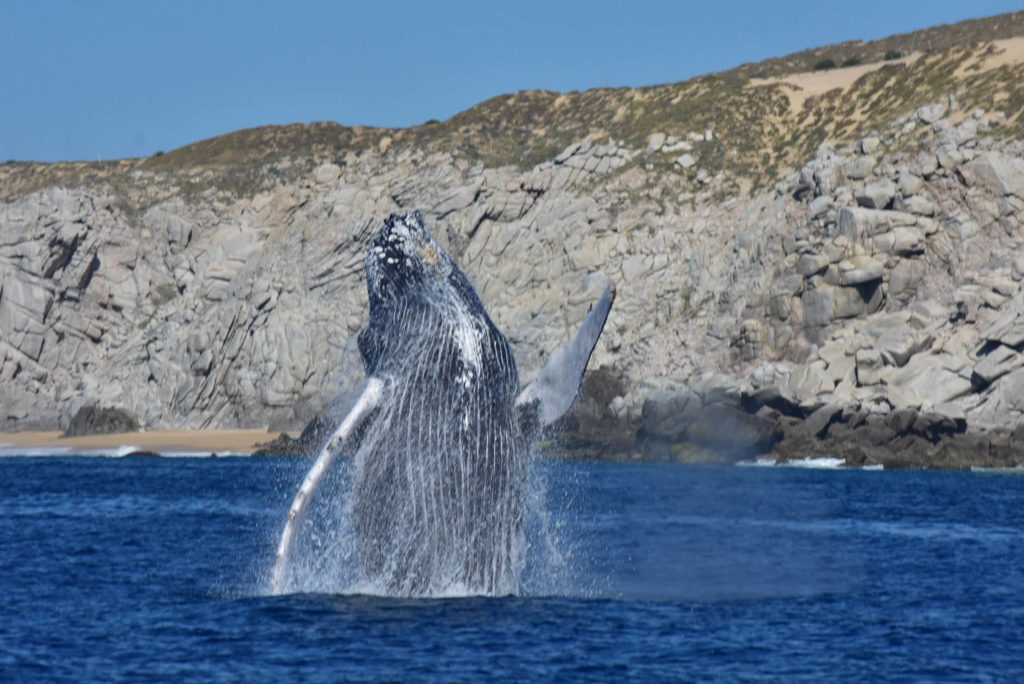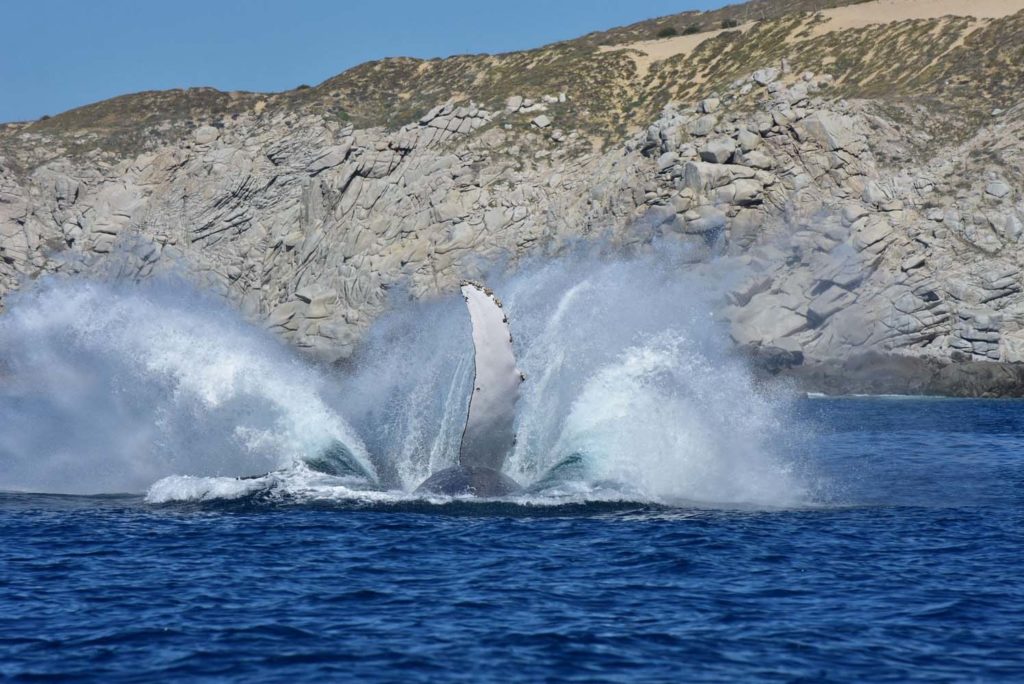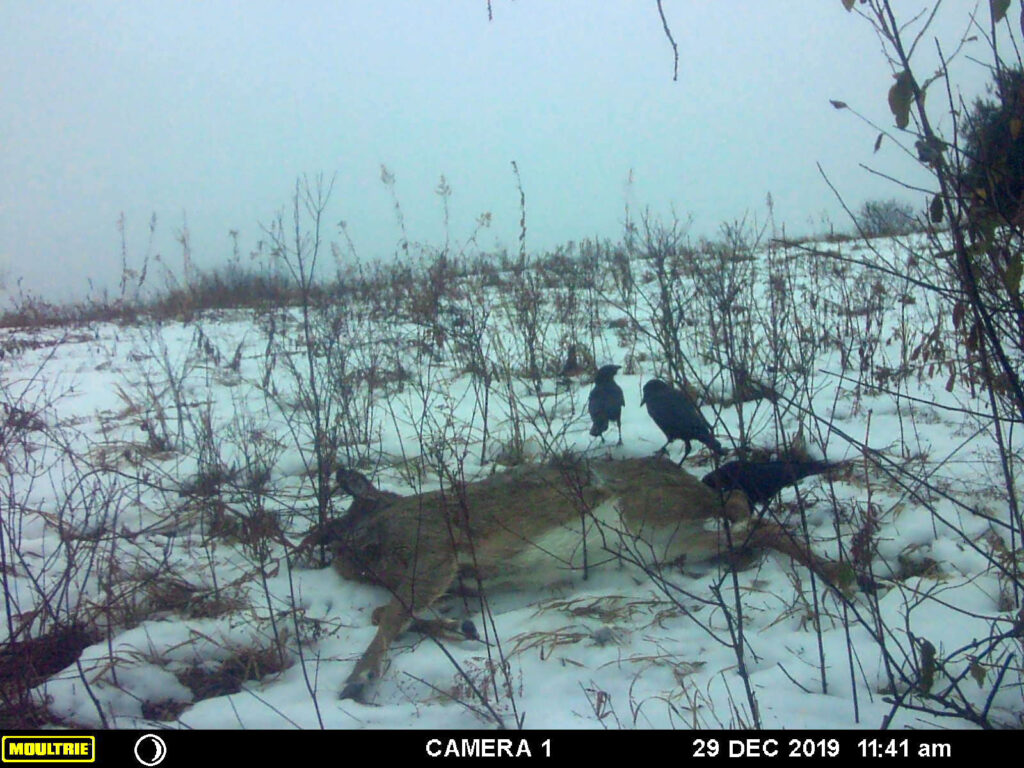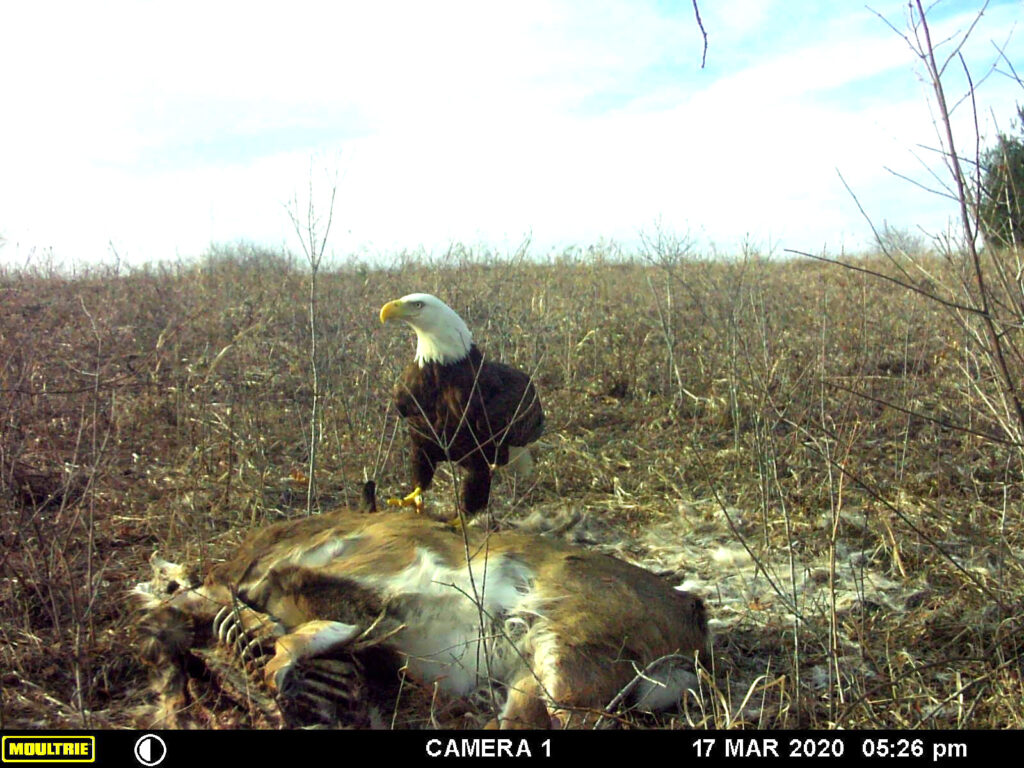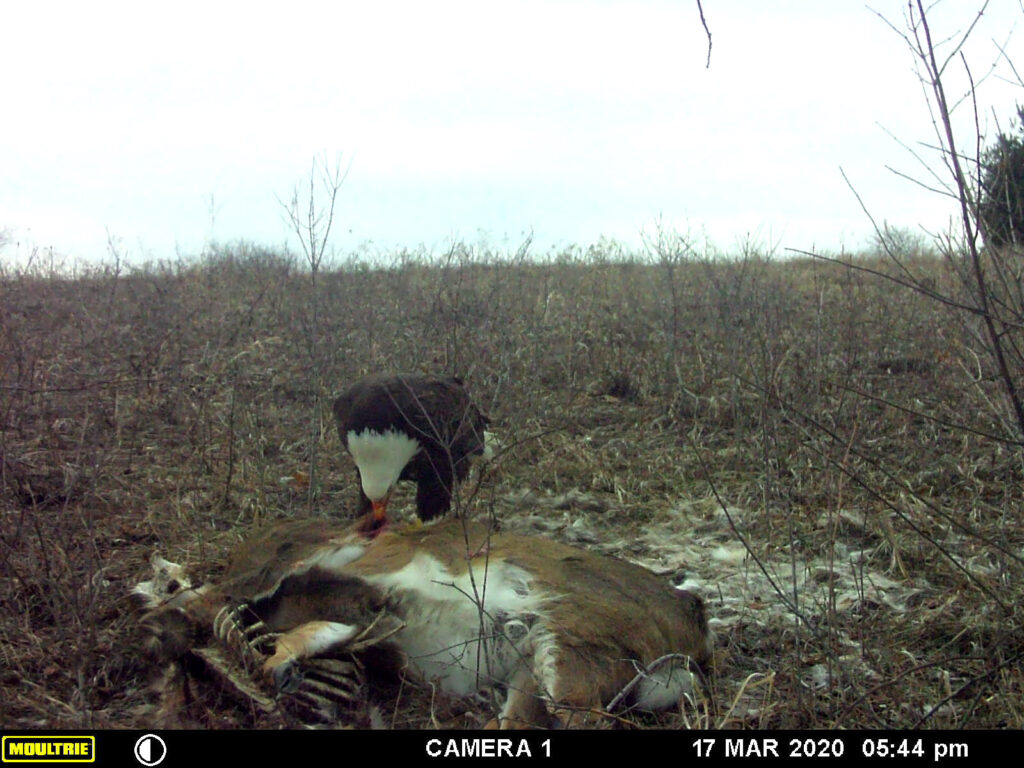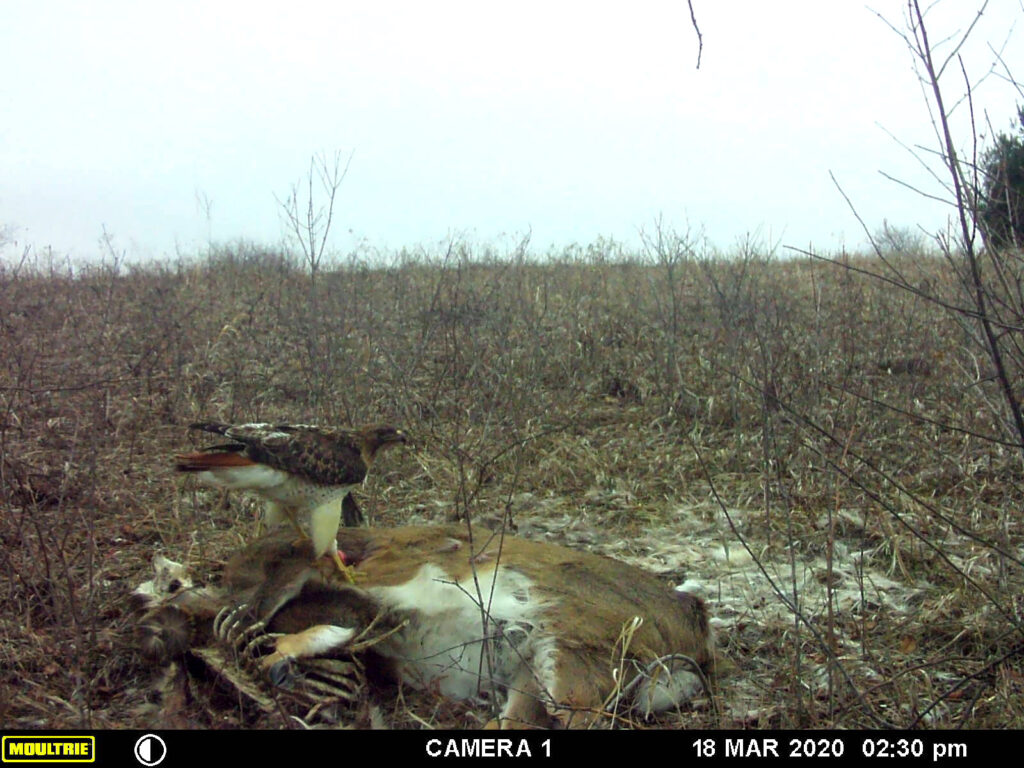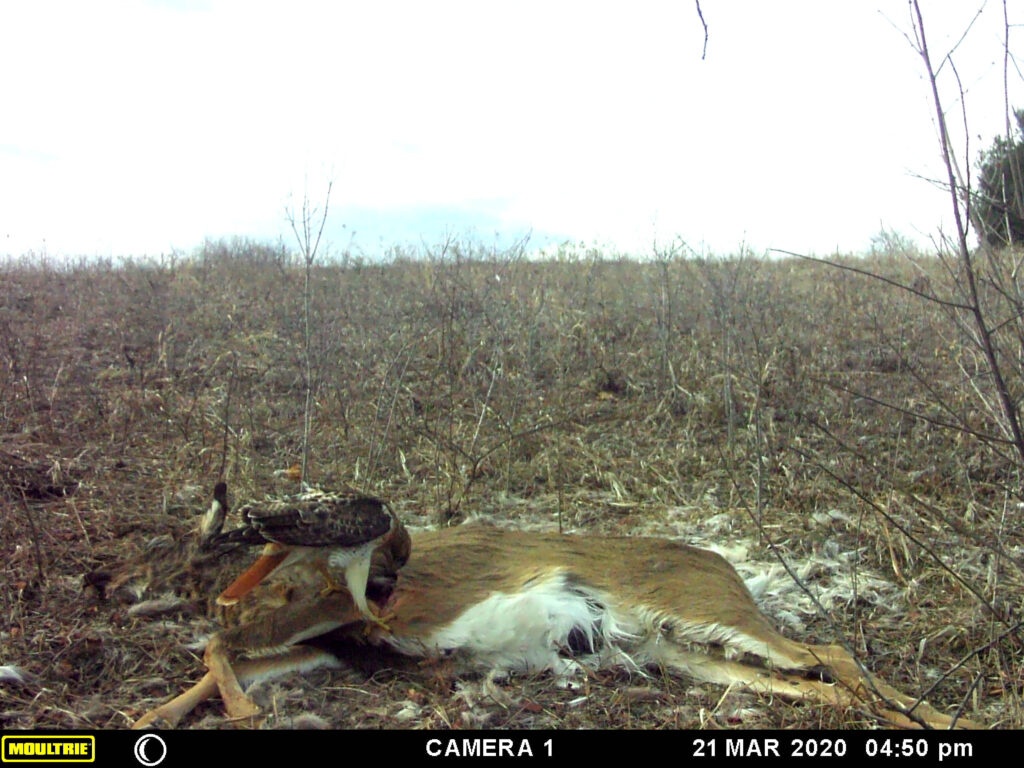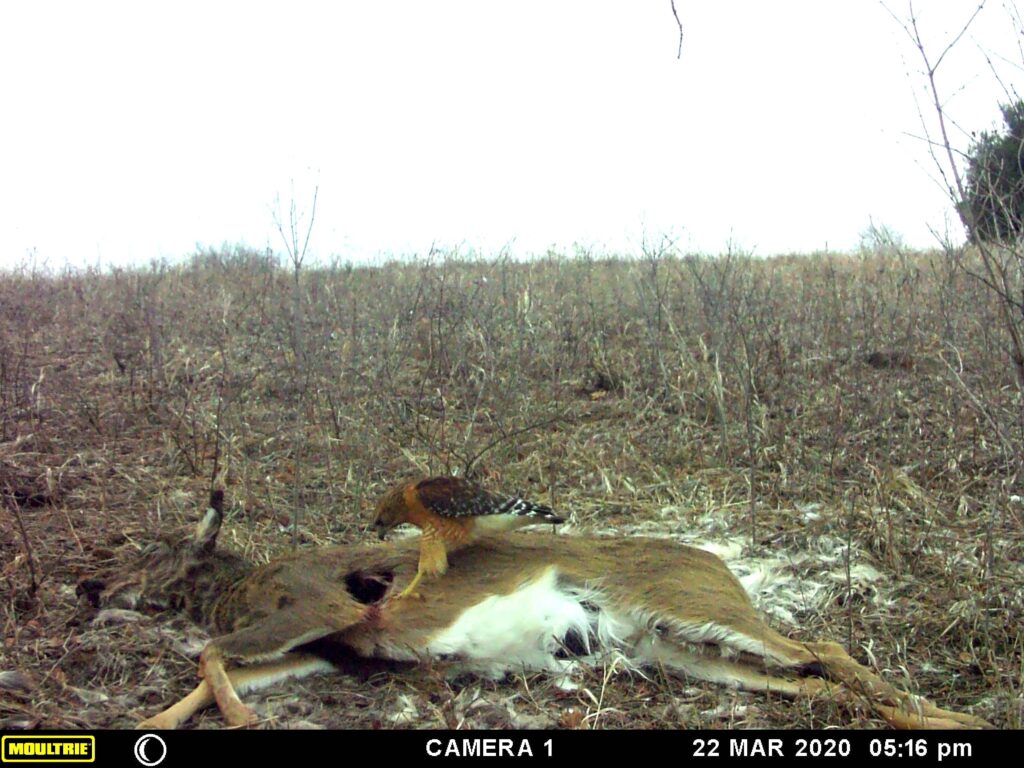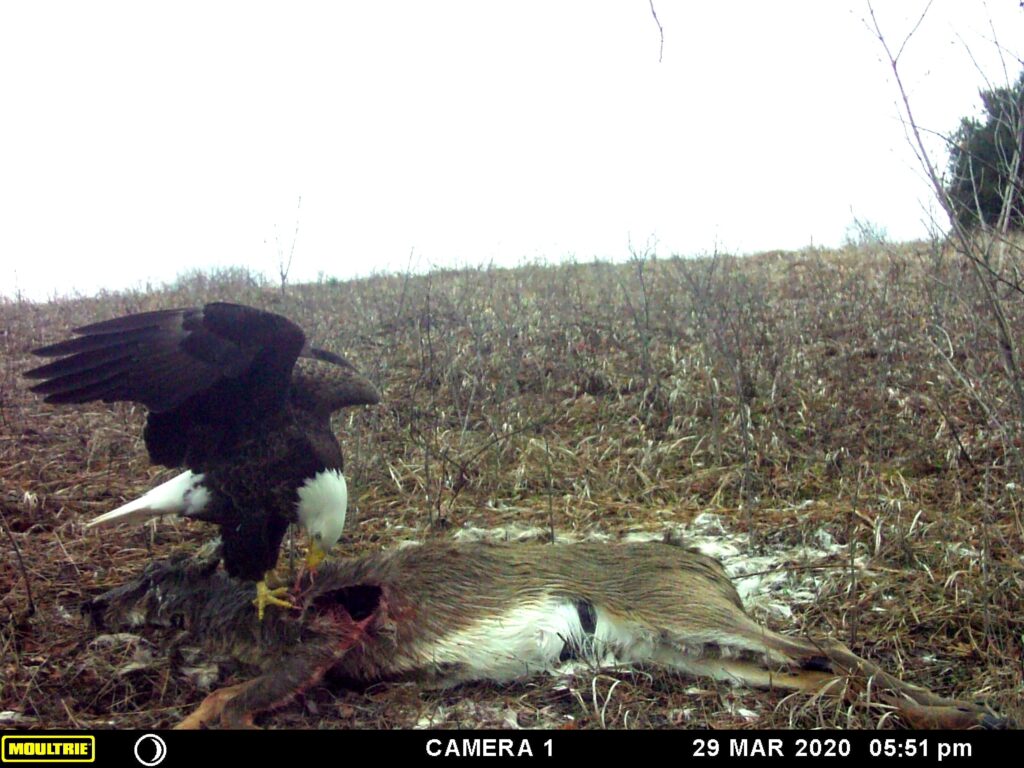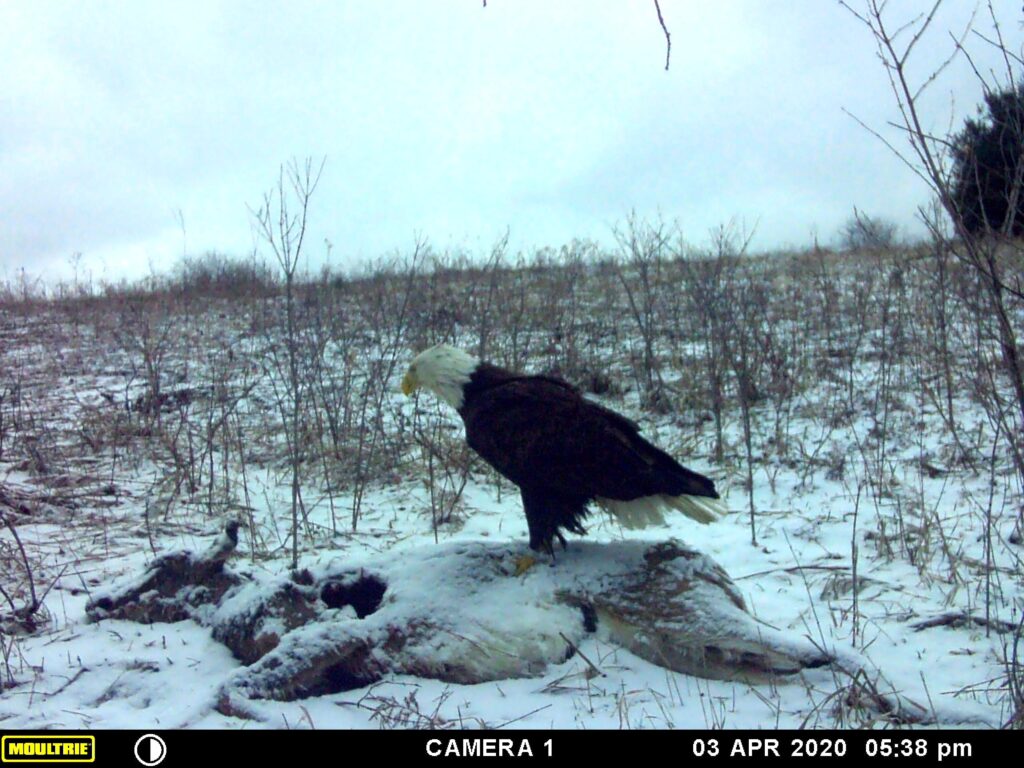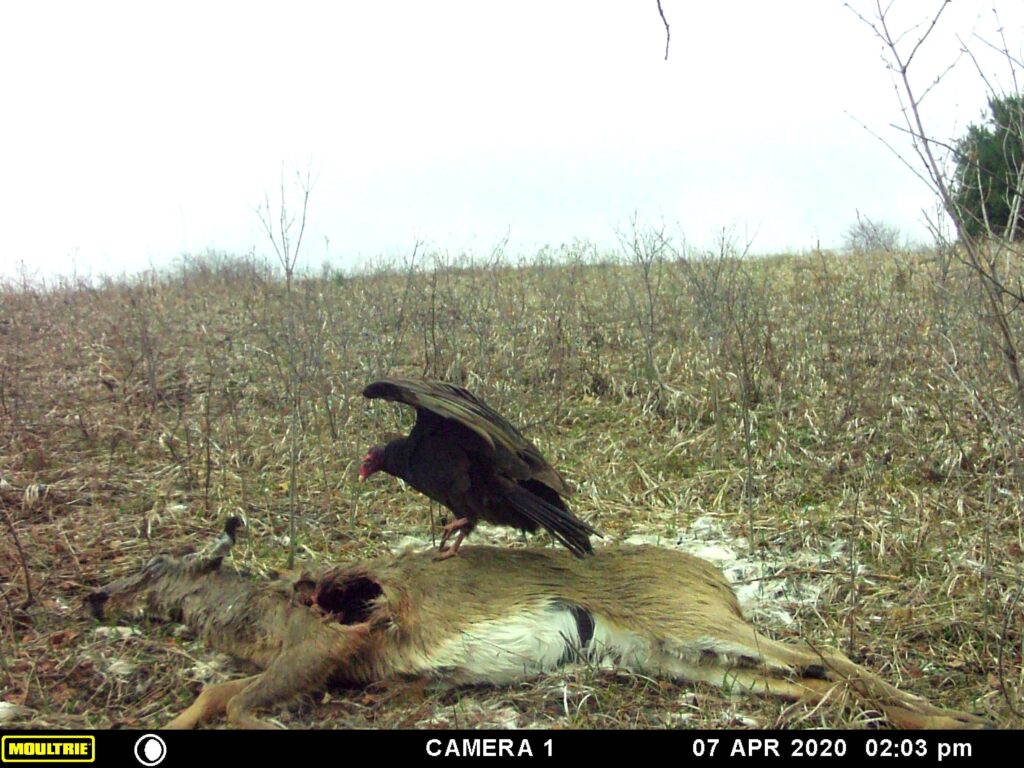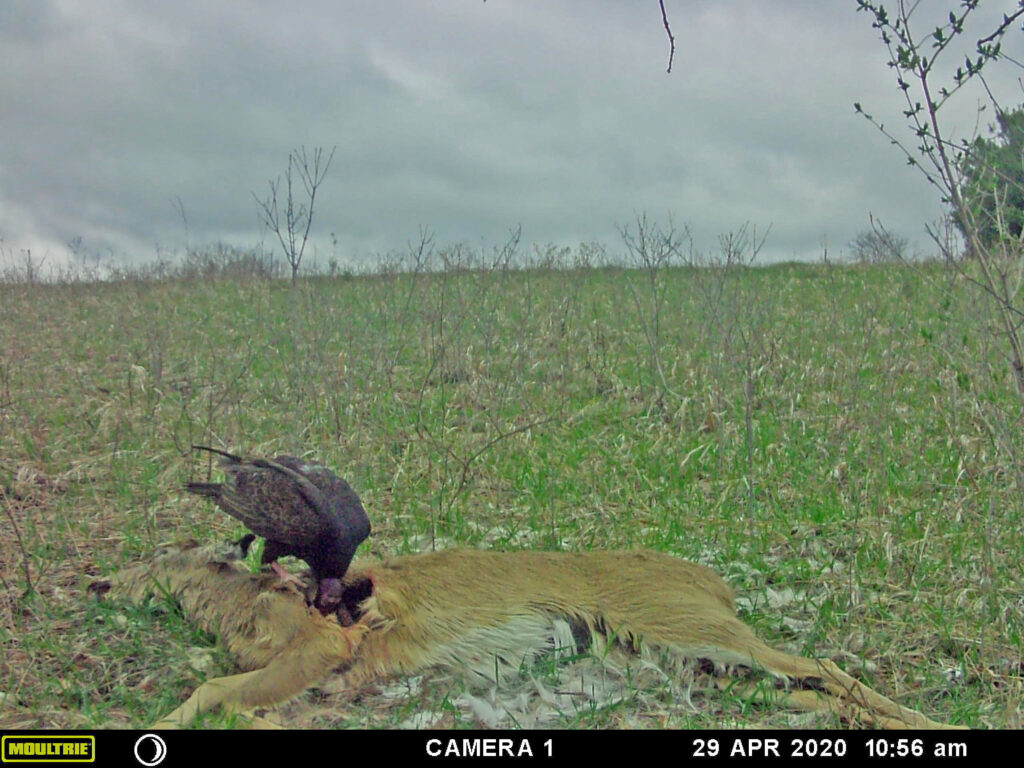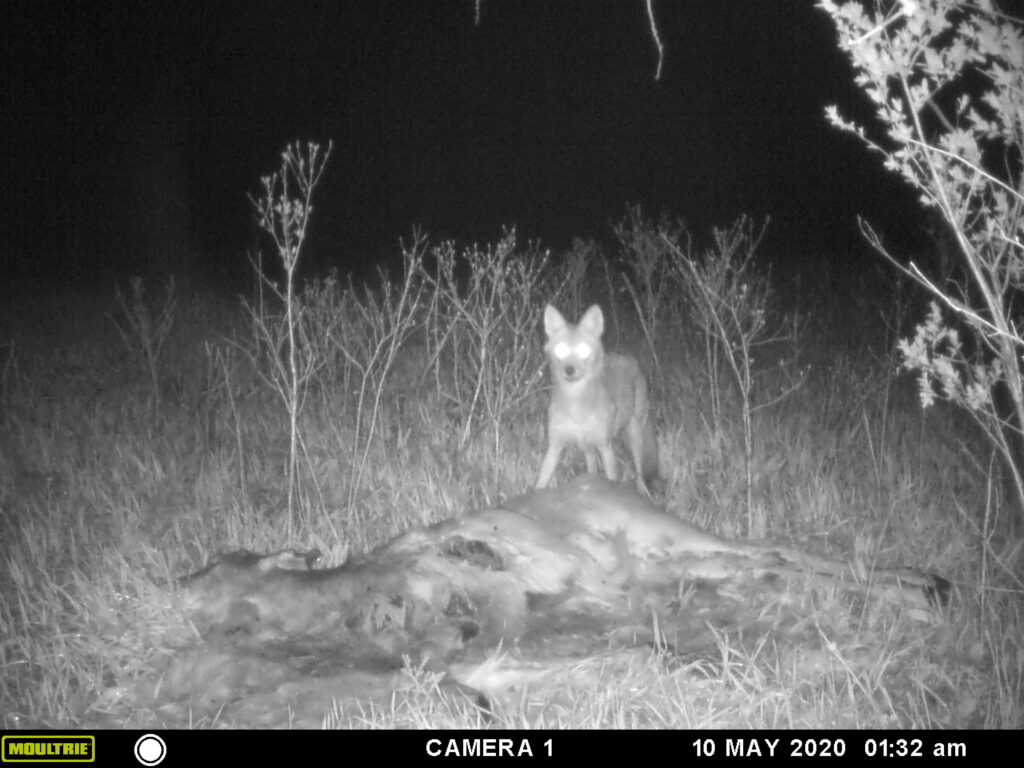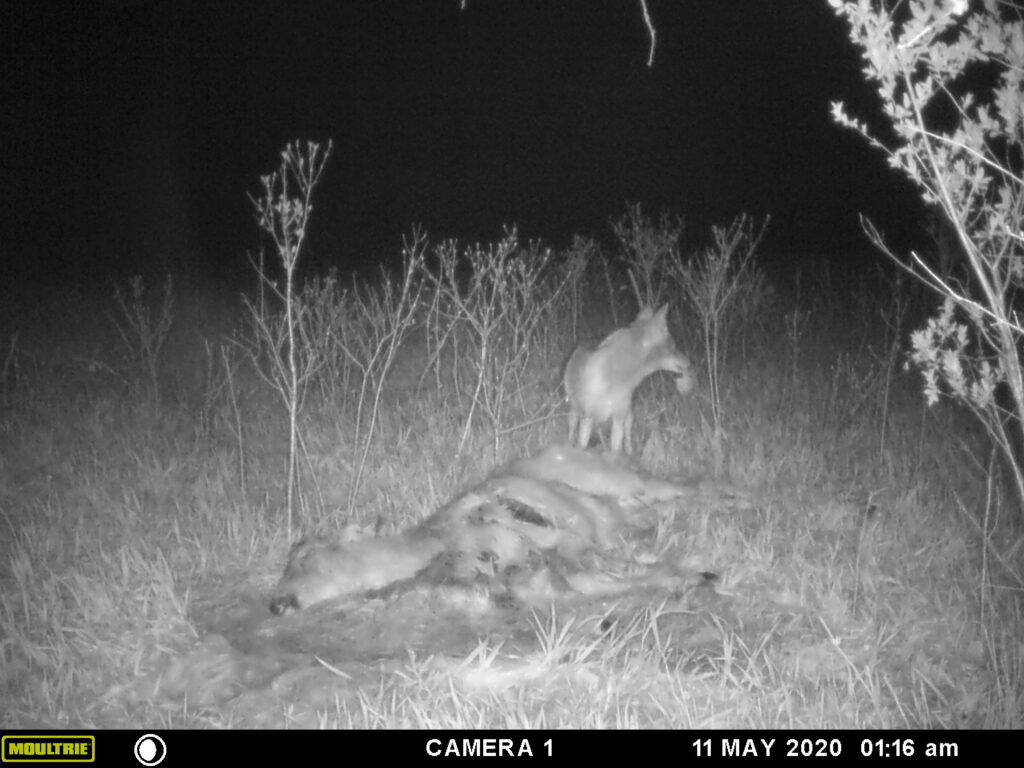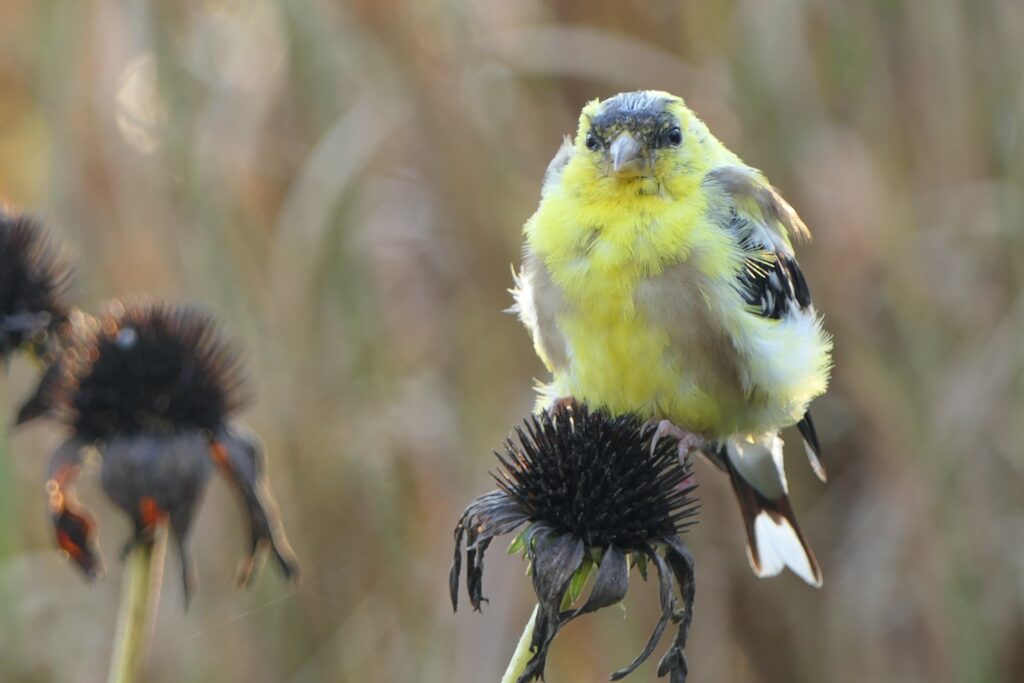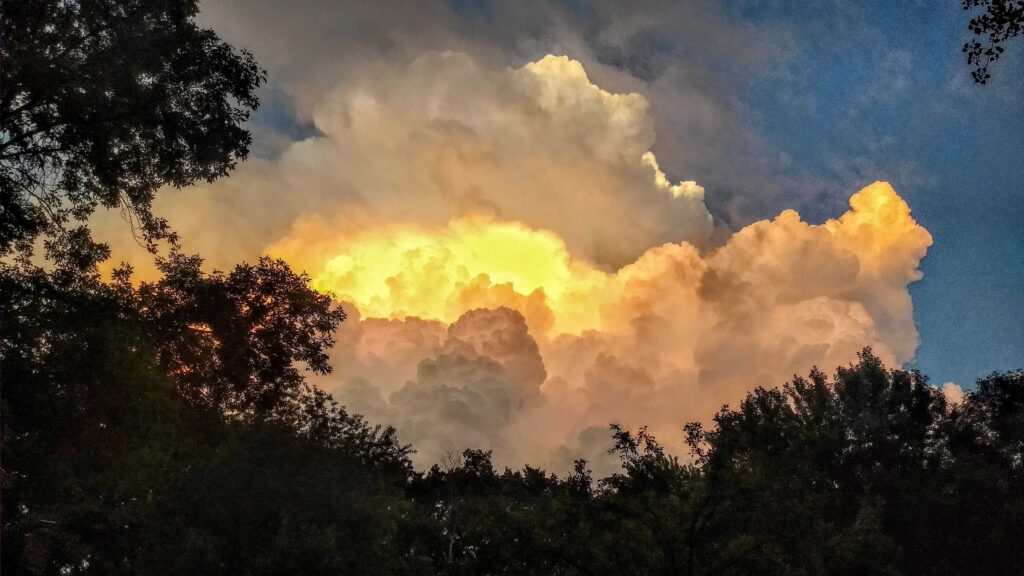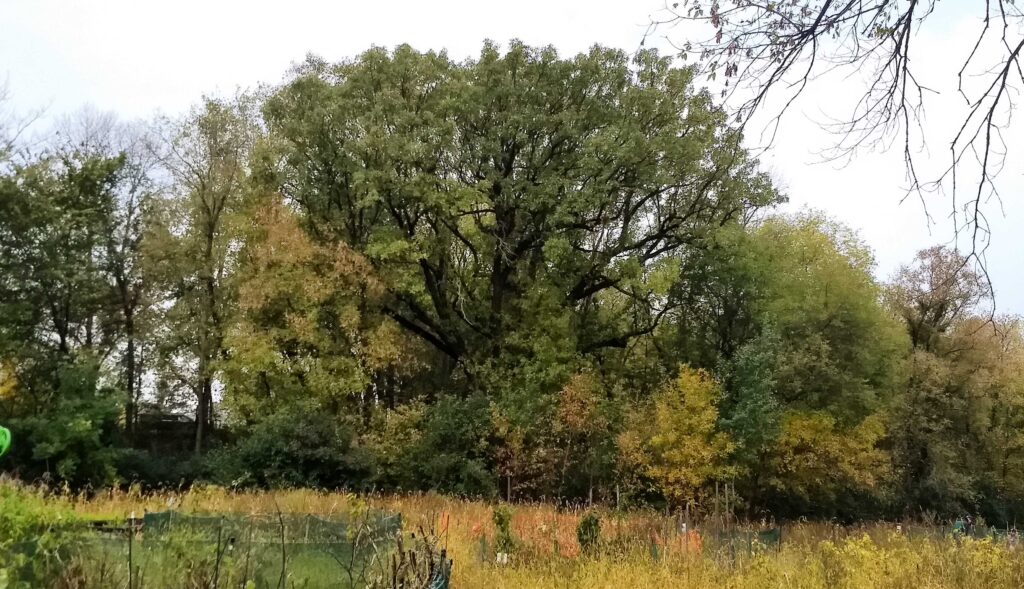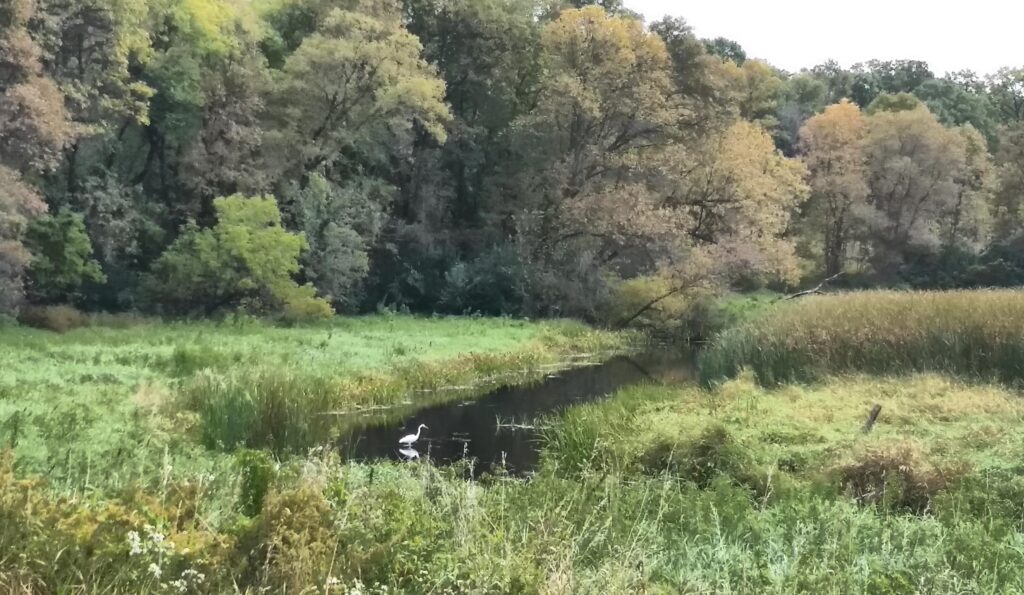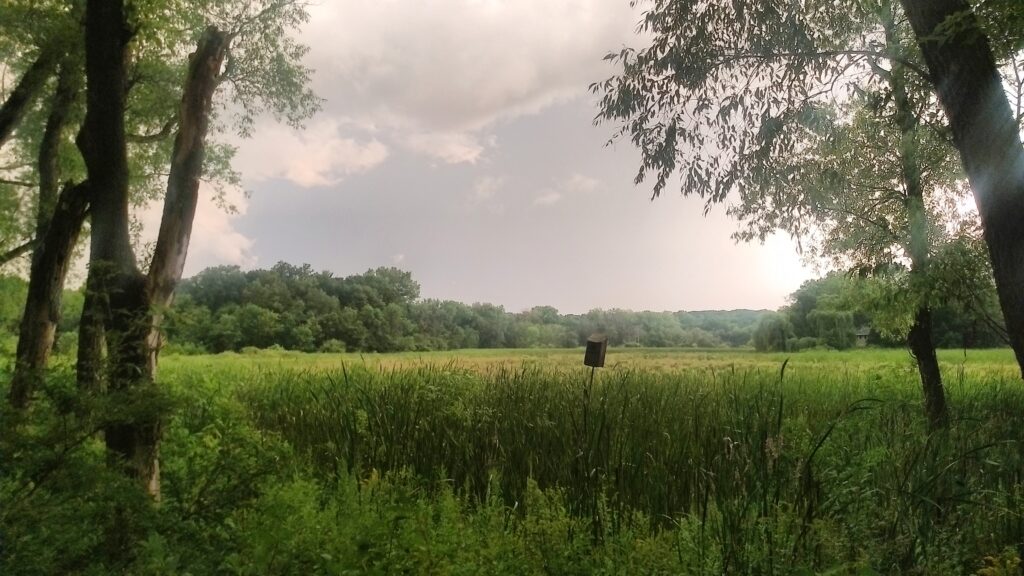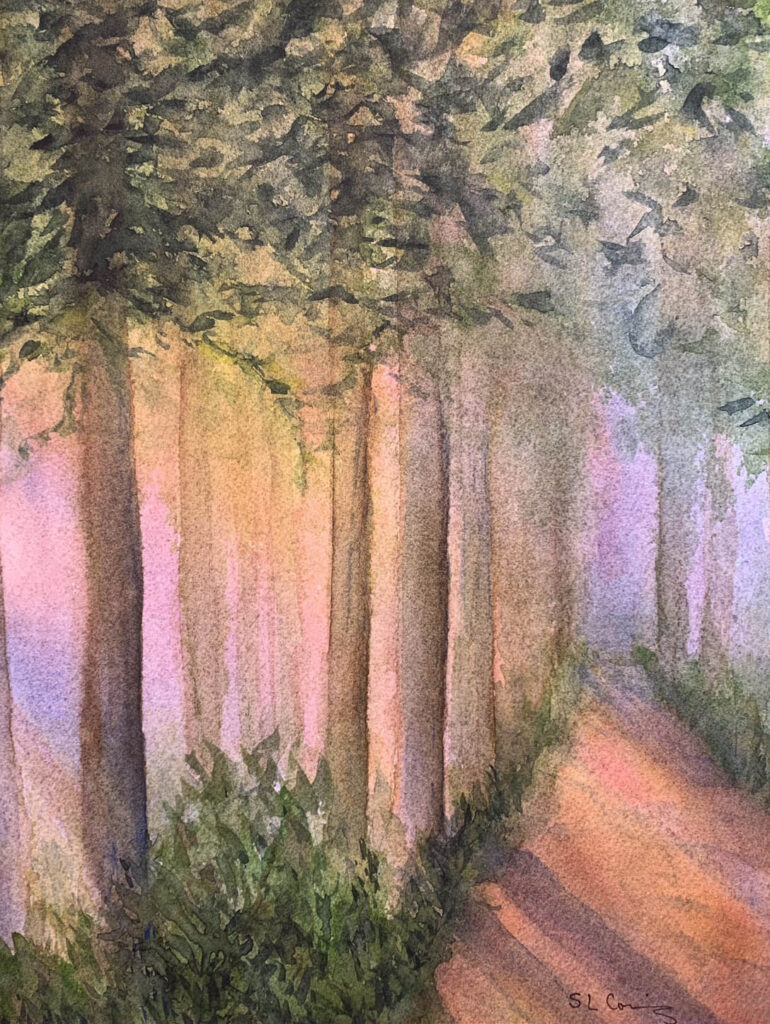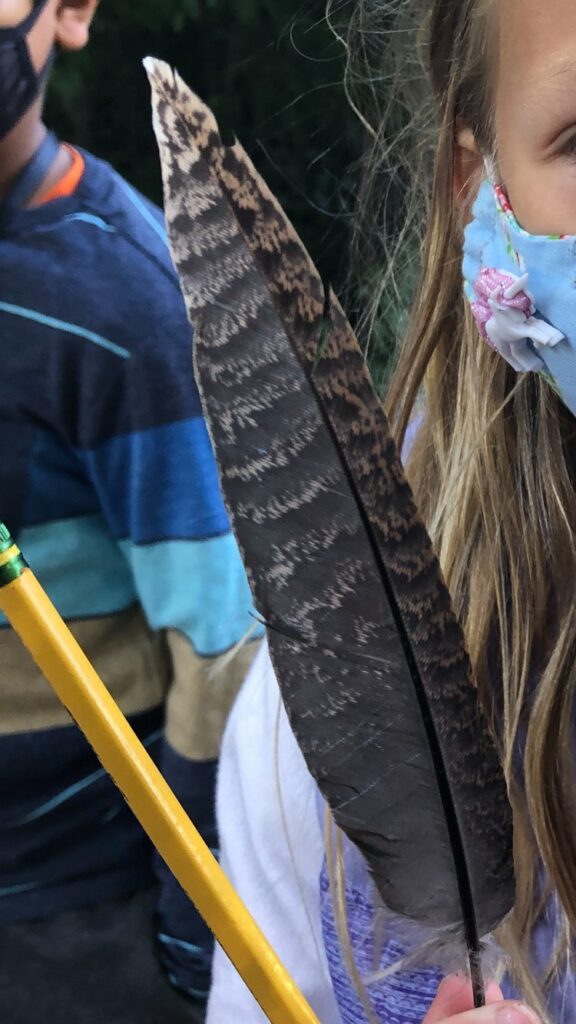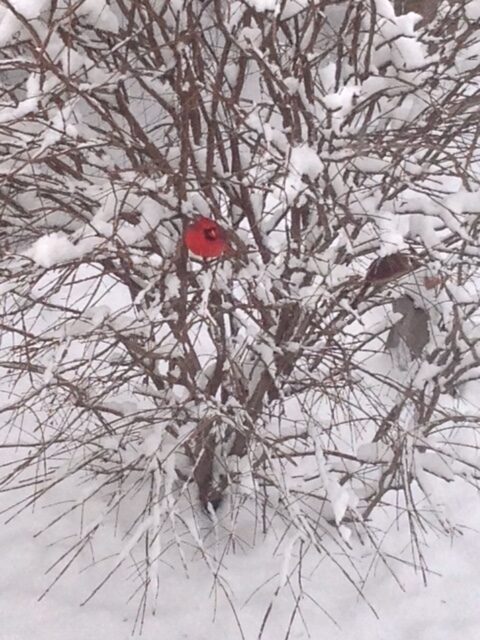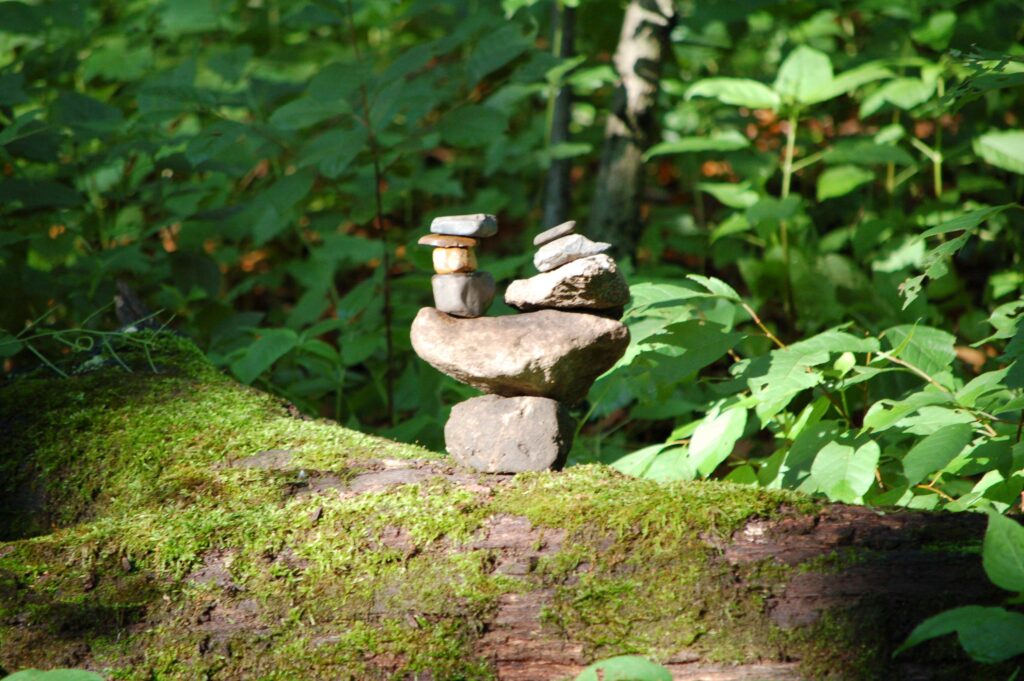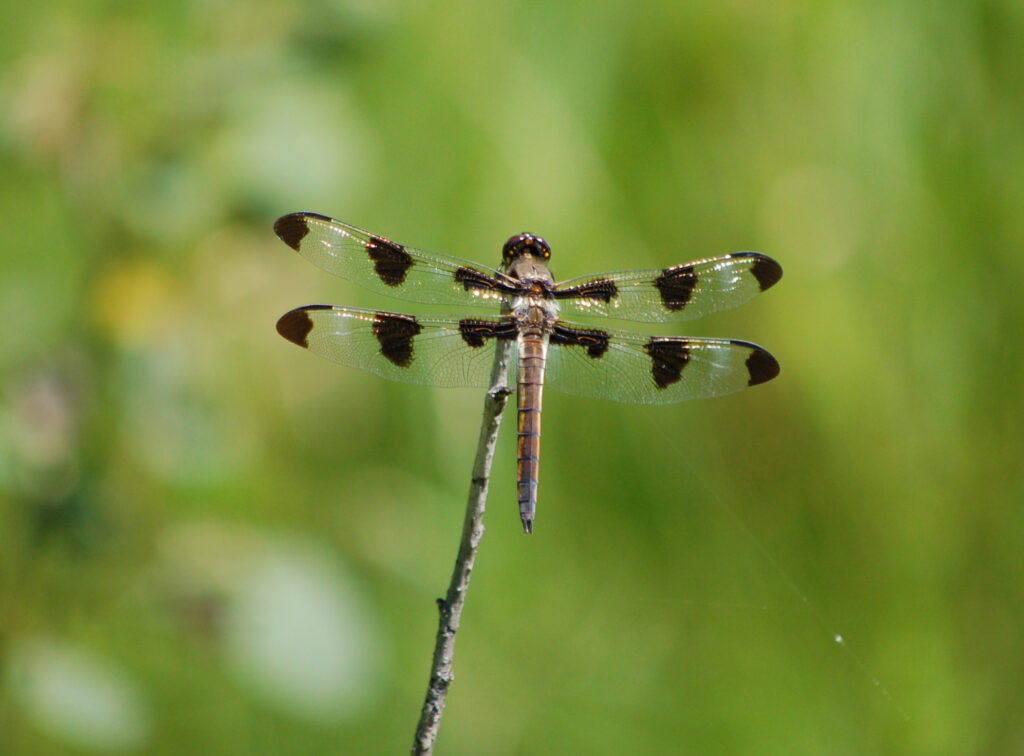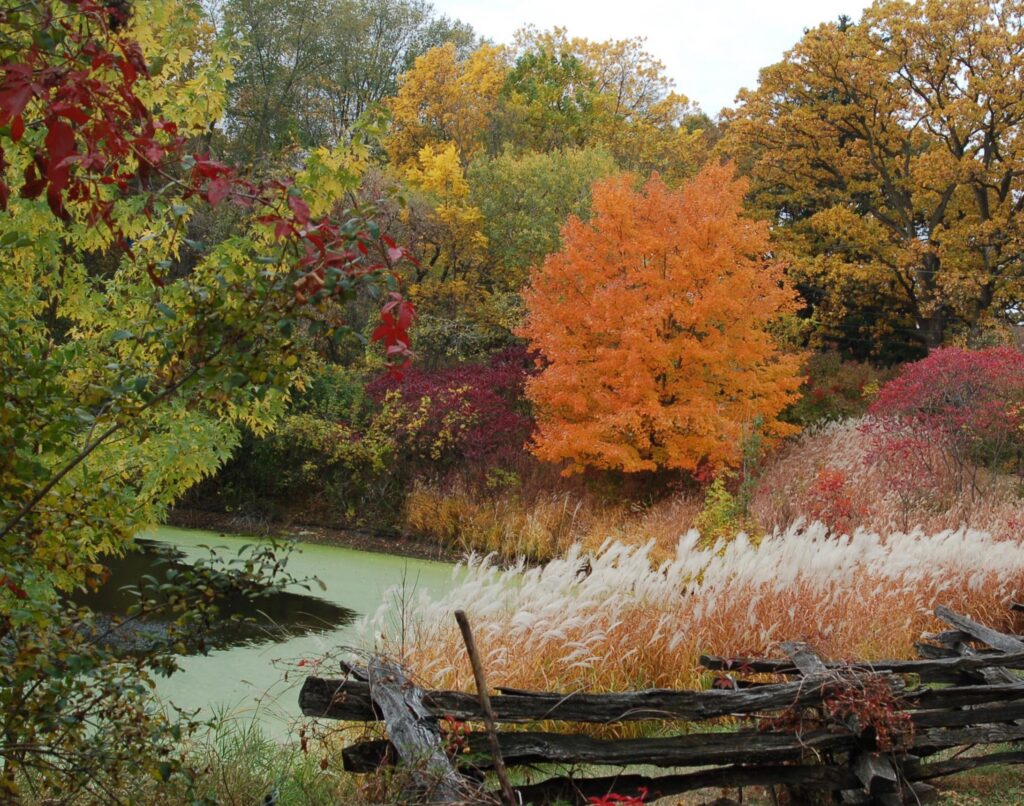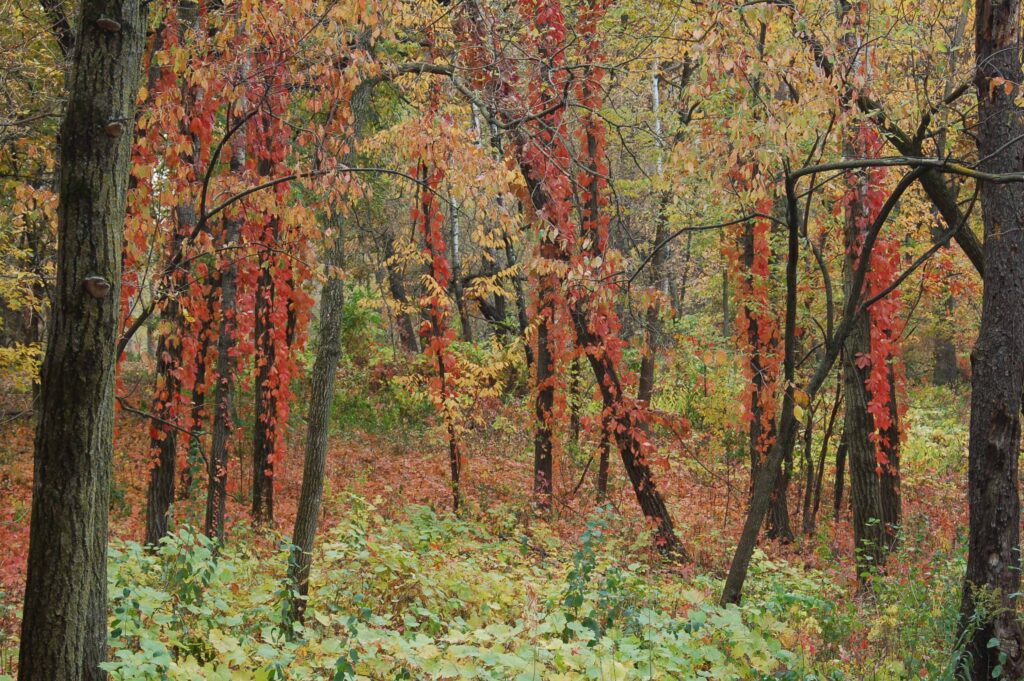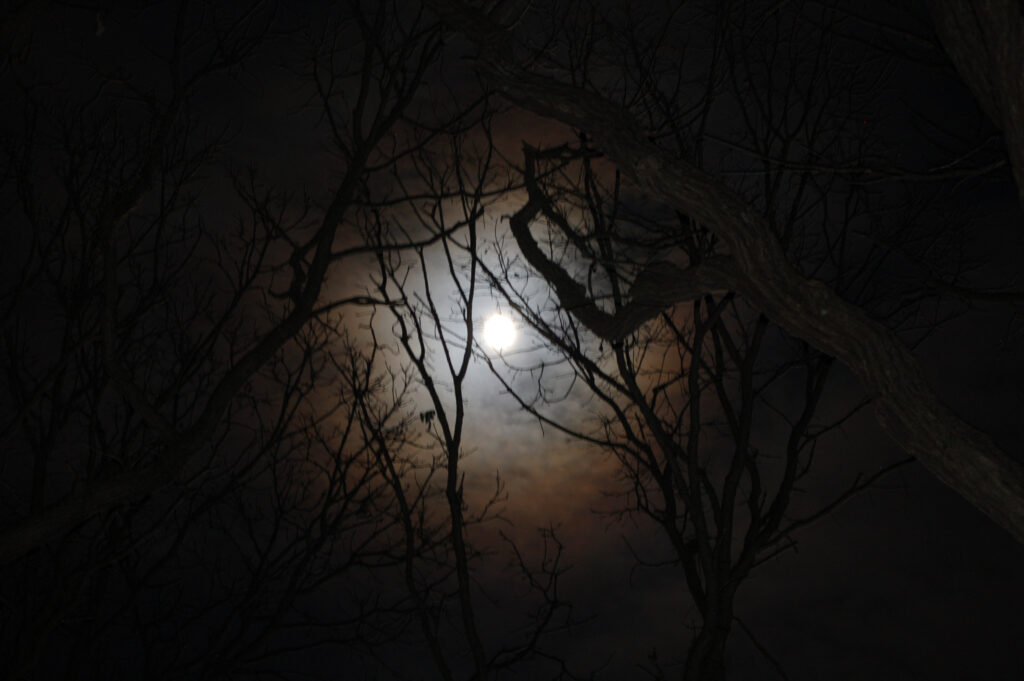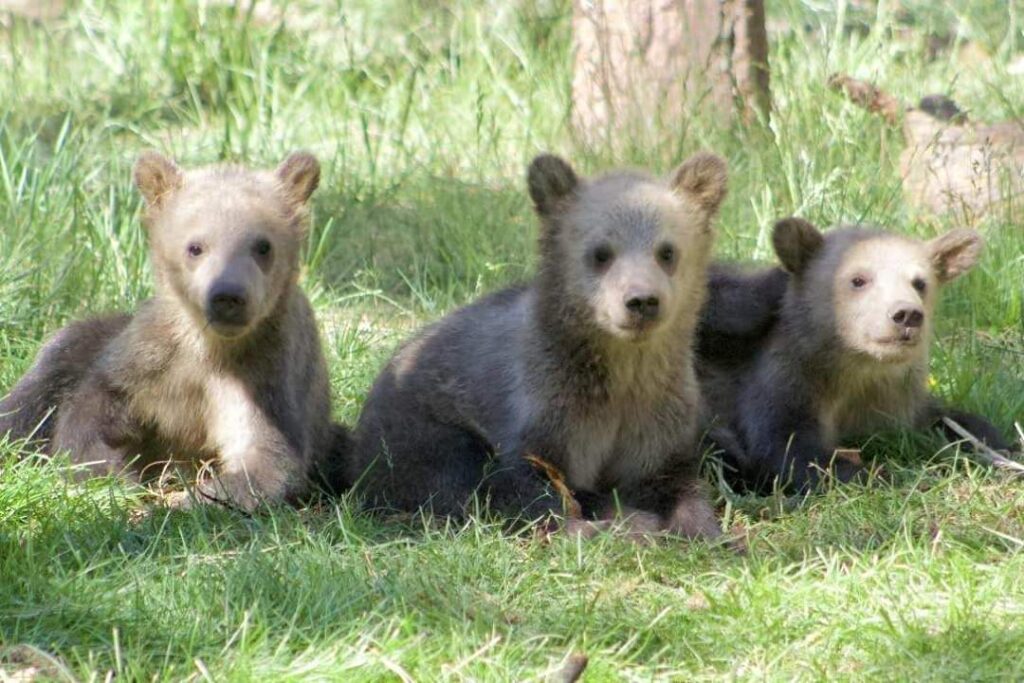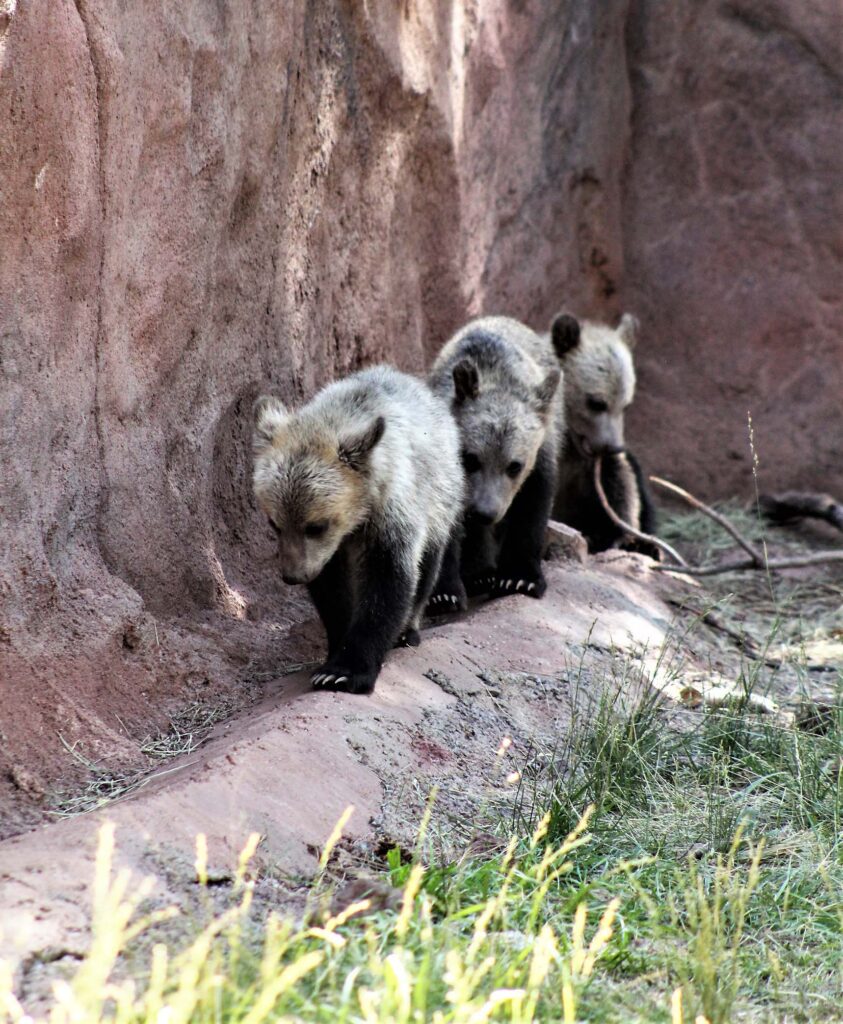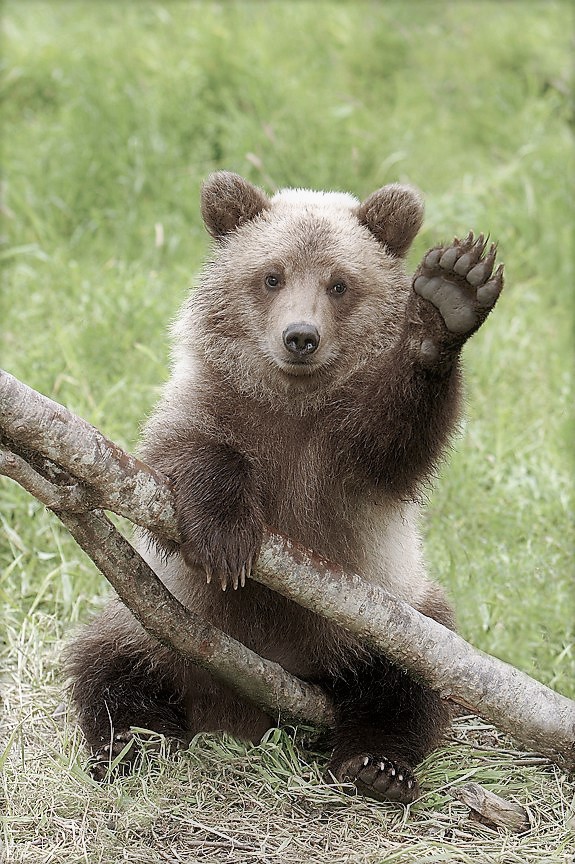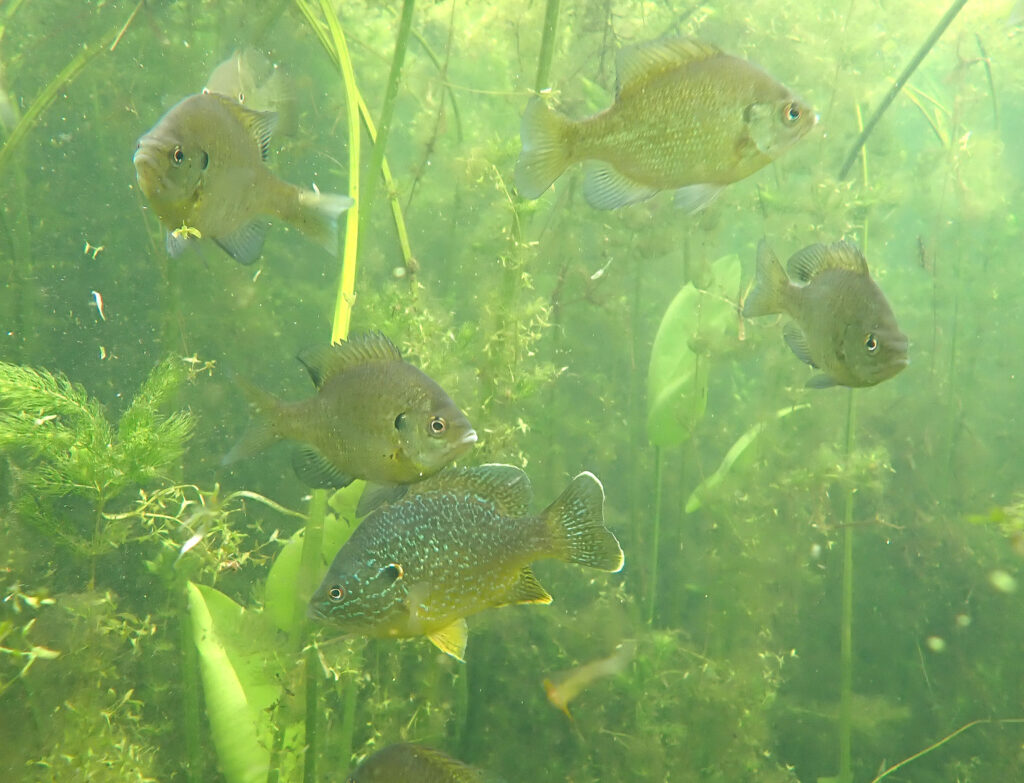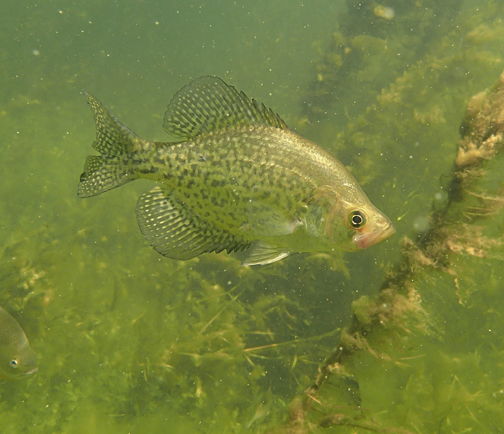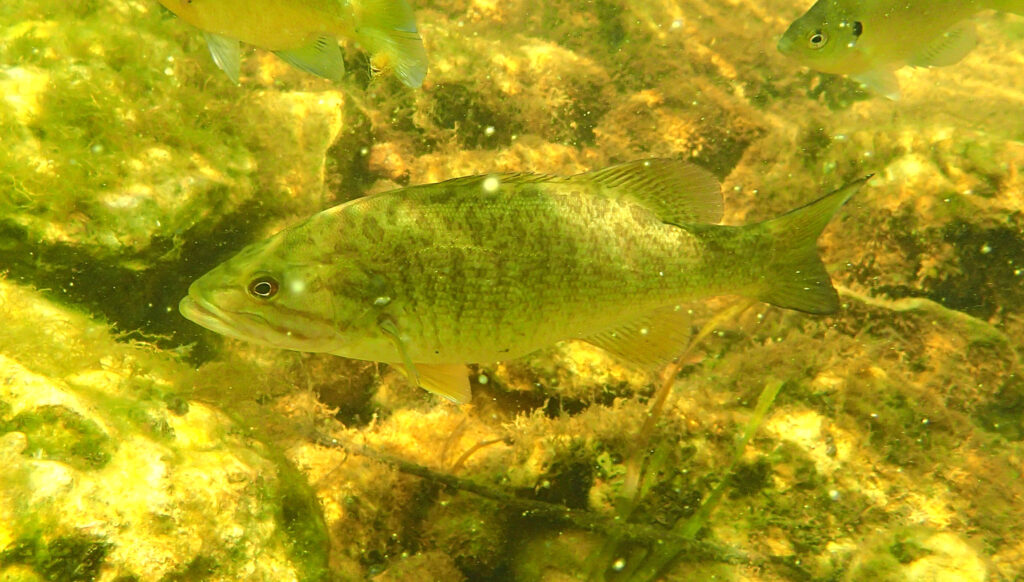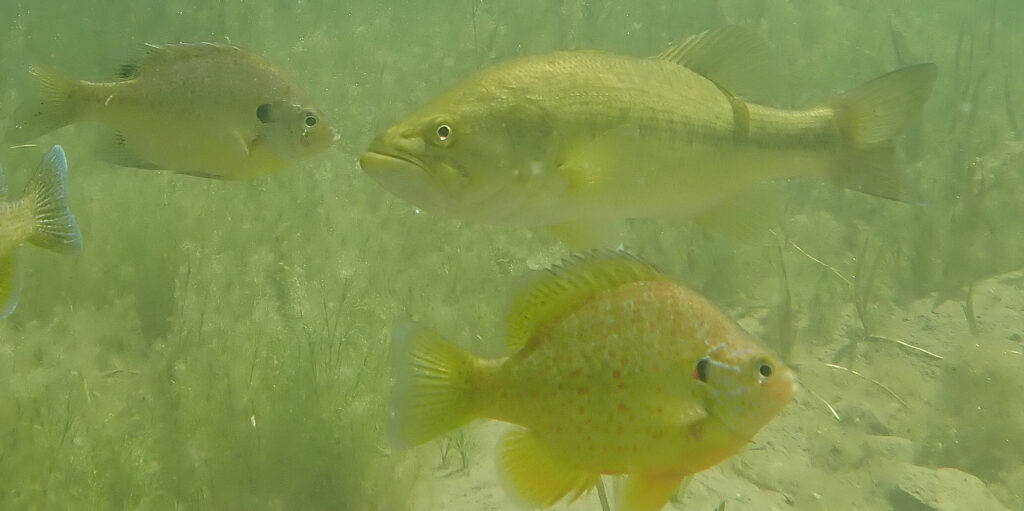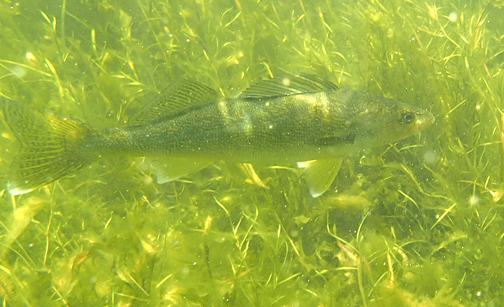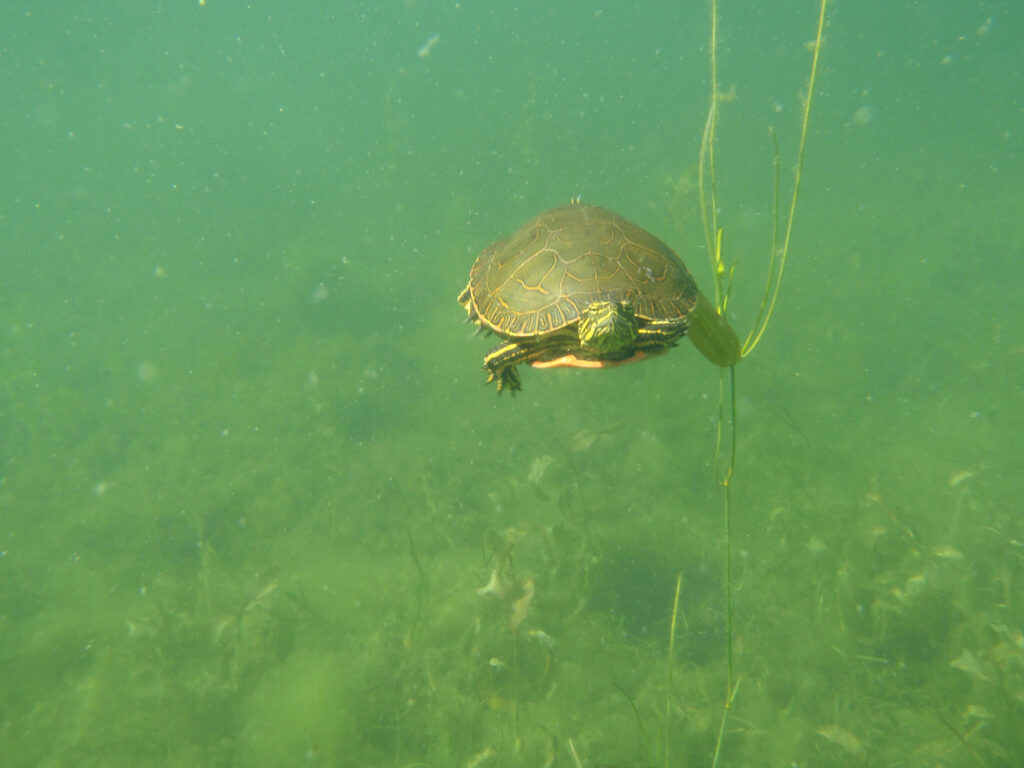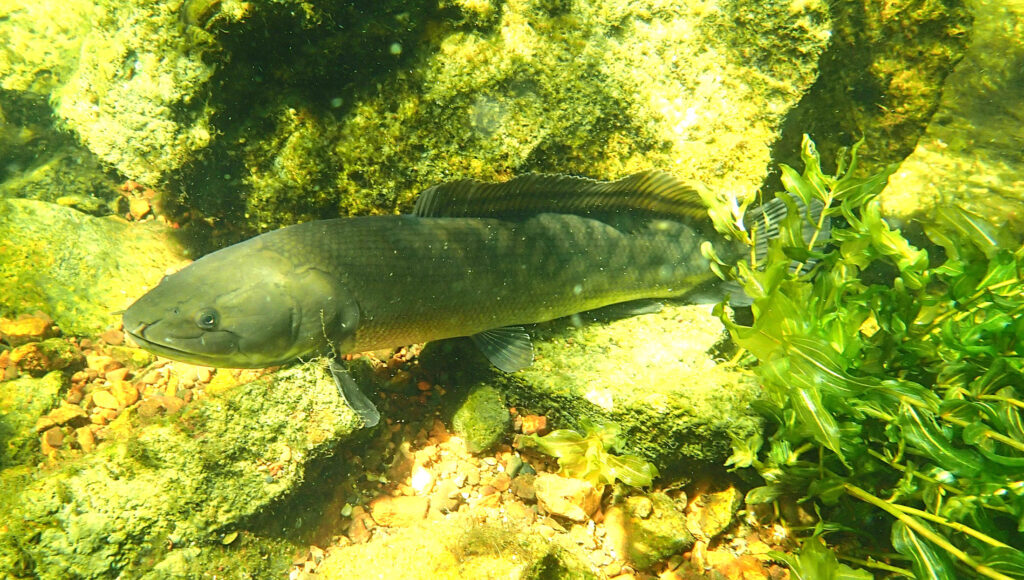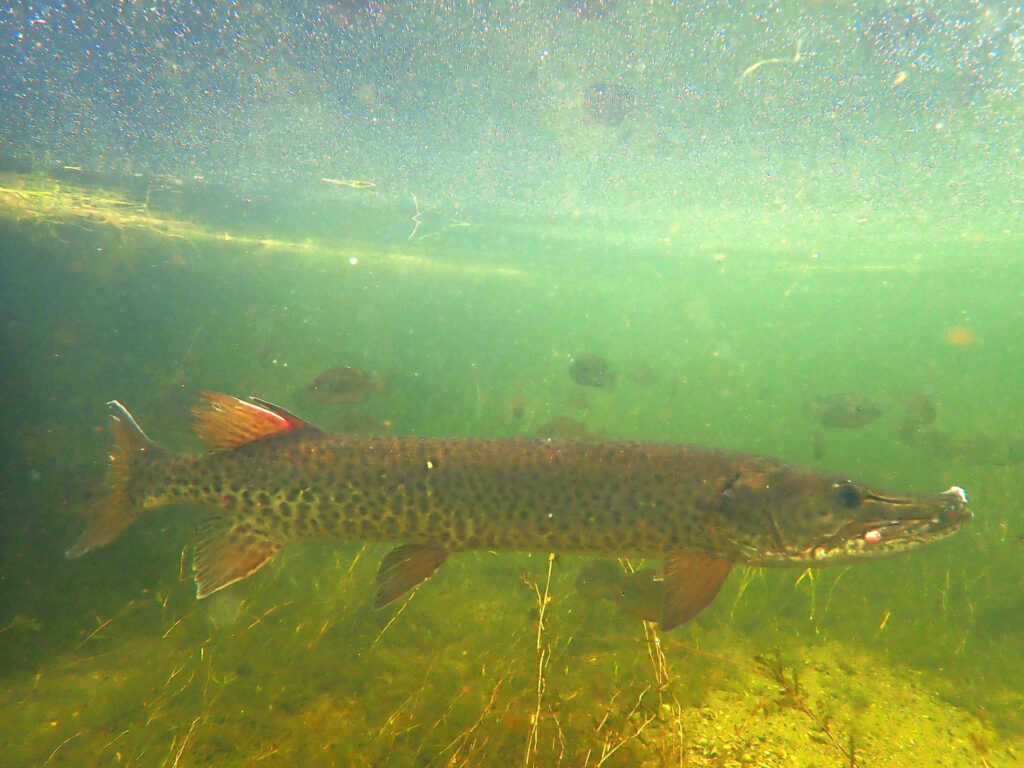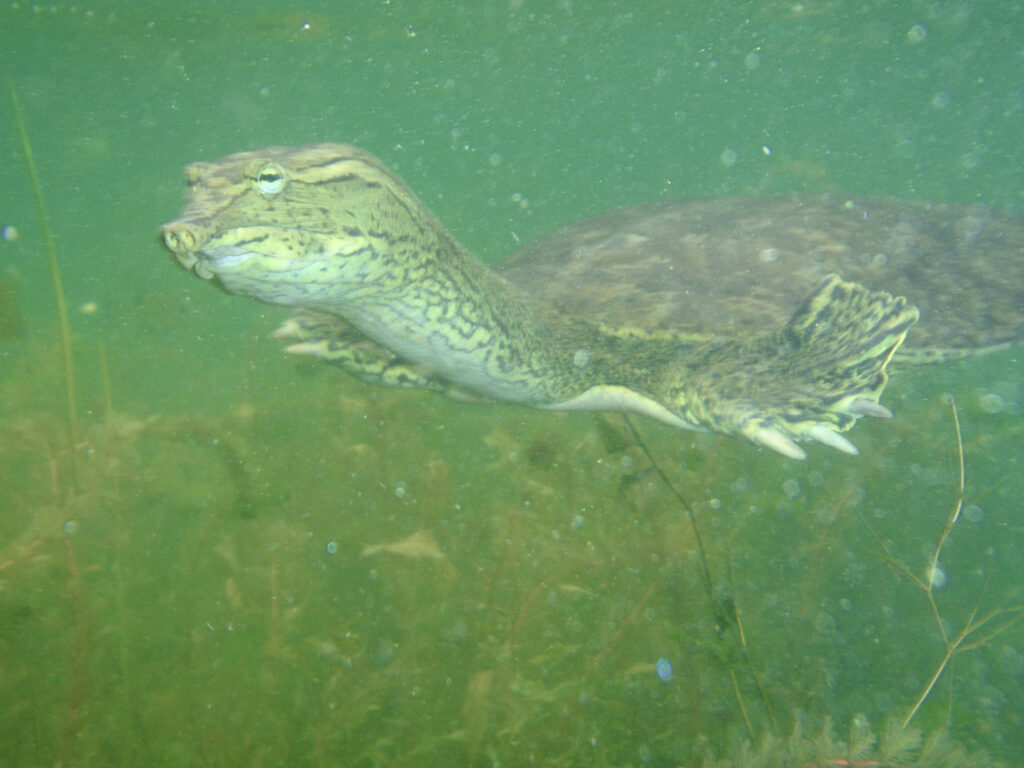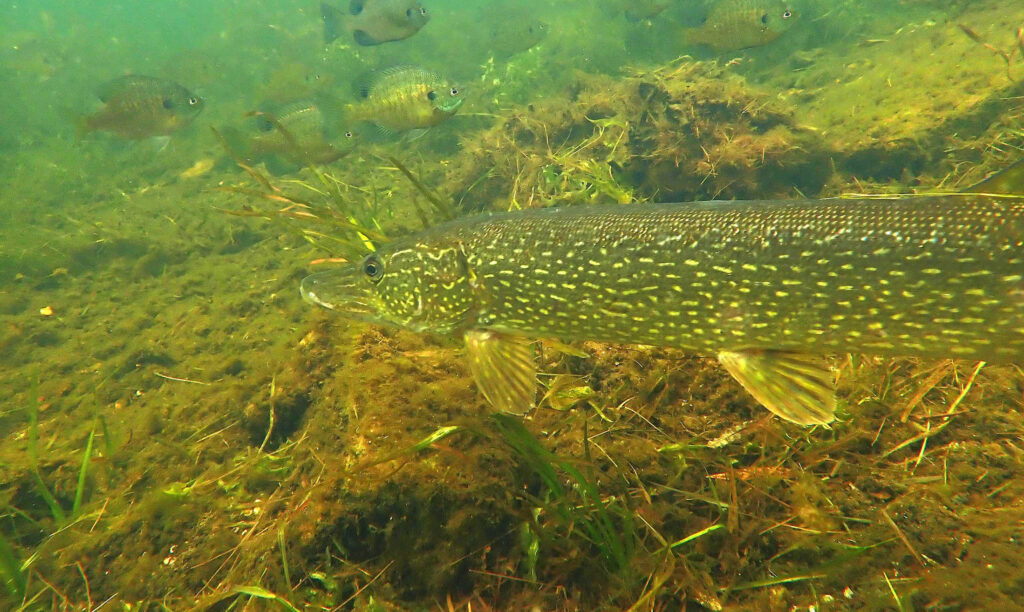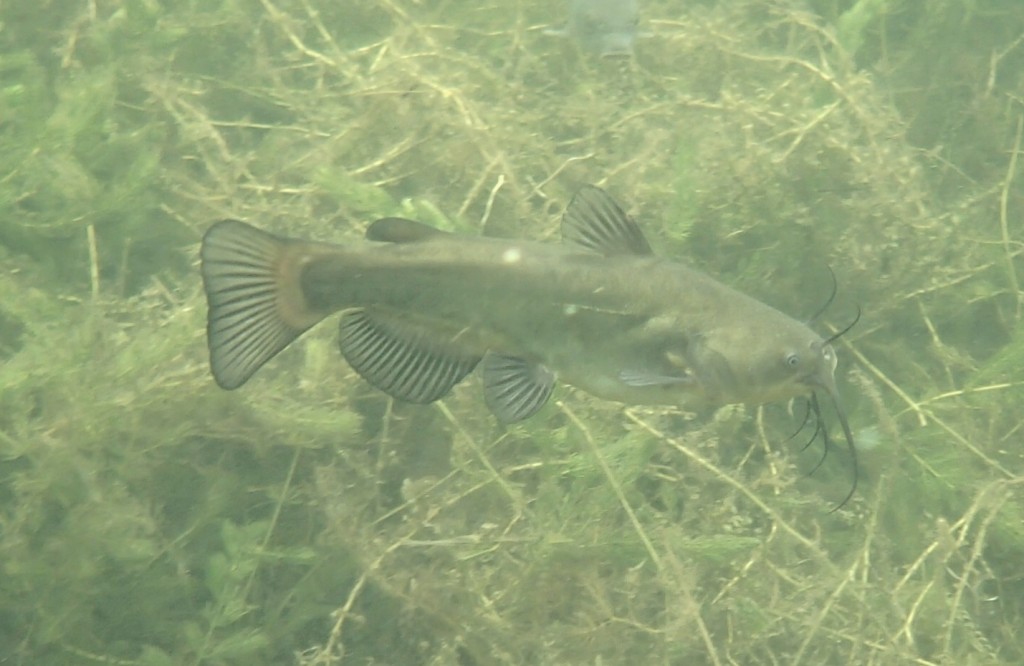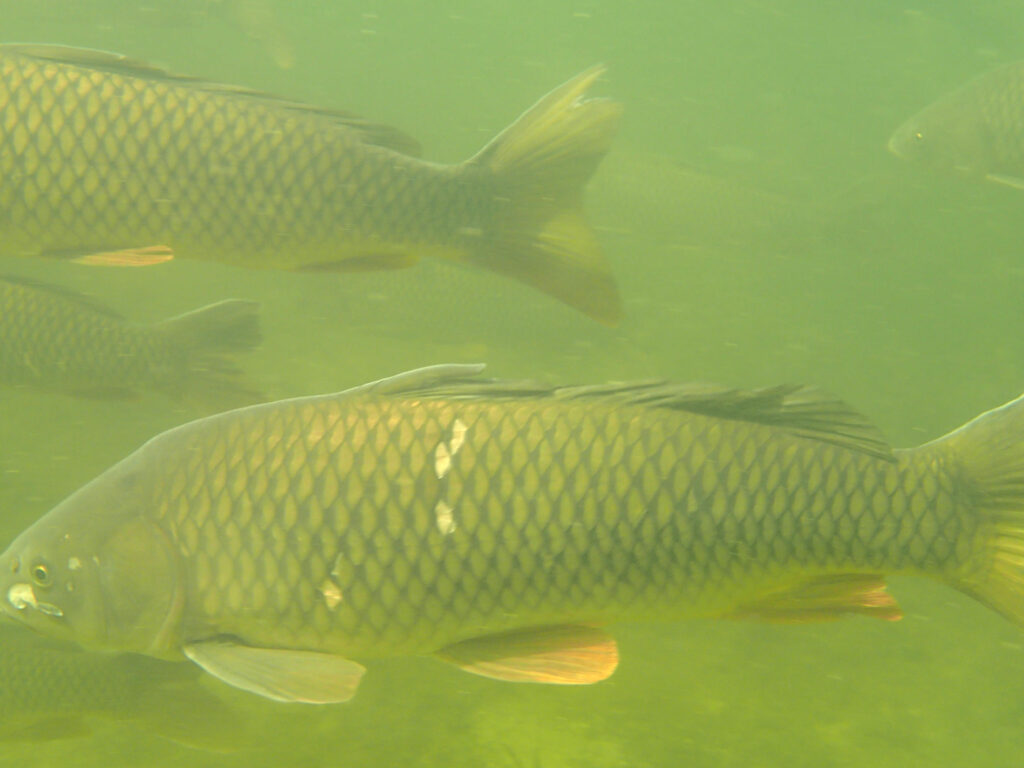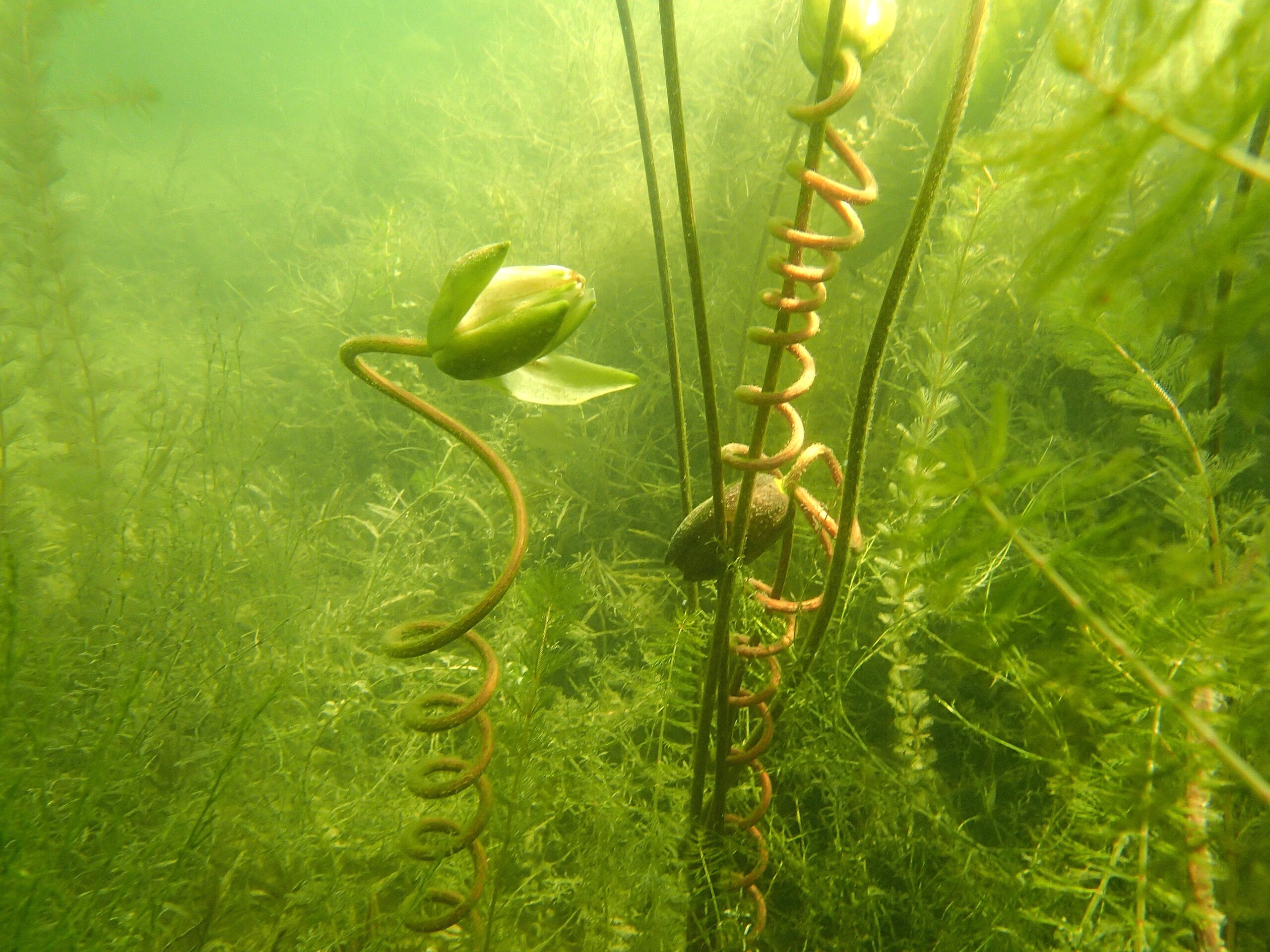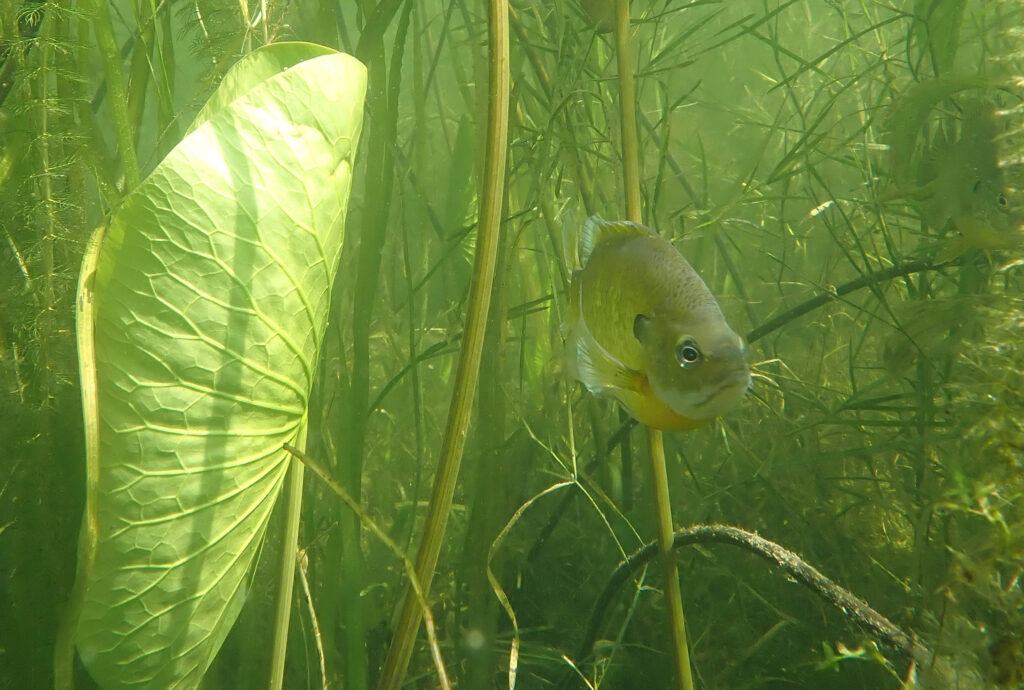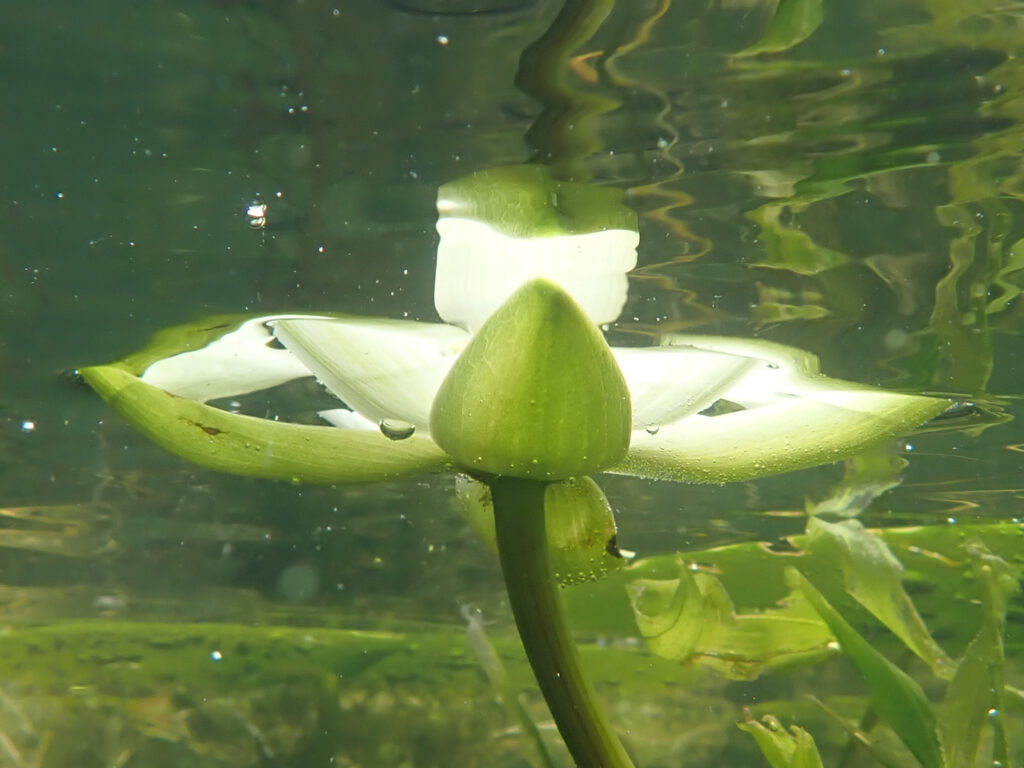Holly Einess has a Biology degree from St. Olaf College and is a Minnesota Master Naturalist Volunteer. Her dream is for humans to welcome nature into their everyday lives and to live in kinship with their fellow creatures on this planet.
“You’re in good health and fit right now and you’re not getting any younger; if you’ve been wanting to try this, now is the perfect time,” says my husband Brian reassuringly. So I quiet the what-ifs and, both nervous and excited, set off for my first-ever solo trip to the Boundary Waters Canoe Area (BWCA). I hit the road at 6 am, pick up a canoe in Ely at 10, get my permit at the ranger station (where I’m told the summer’s drought has resulted in higher-than-normal bear activity–gulp), and head for the put-in.
About a mile down the road the canoe starts sliding sideways. Uh oh. I pull over, cinch the straps tighter, and take off. Again, the canoe slides to the side. Again I pull over, now slightly panicked, thinking this is the sort of thing Brian usually handles. And I tell myself, “Well, he’s not here. So you get to figure it out yourself!” I move some straps around, and once again set off. This time the canoe stays in place (hallelujah!).
At the entry point I get help lifting the canoe off the car, load up, and start paddling. Then portage. Then paddle some more. And portage again. And paddle. And portage. And I’m IN! Lake One. I nab the first open campsite I see, put up my tent and hammock, and text Brian, letting him know I’ve made it in safely. (I send the text with no small amount of humility and abashedness, having for years opined loudly, to anyone who’d listen, “No cell towers in view of the BWCA! If people are going into the wilderness, they should leave their phones at home! Disconnect for a few days!”) Hearing back from him is surprisingly comforting.
My campsite (at tip of pine needle). Red and blue dots indicate campsites, red lines indicate portages. My entry point is at the top of the map (#30: Lake One Access*).
As I take the trail up to the latrine I’m suddenly very aware that I’m BY MYSELF. My usual camping friends aren’t sitting around the fire grate preparing supper, or getting ready to head out fishing. It’s just me. I feel a little disoriented, the memories of their presence on past trips coming alive such that I almost expect them to be there when I return to the campsite. And a truth I’ve always known about myself comes into sharp focus: I am not a loner.
It’s relatively early—4 pm or so—but I‘m hungry. And hey, I’m on my own! I can eat whenever I want! So I “make” dinner (boil water and re-hydrate a freeze-dried backpack meal), then grab my kindle and binoculars and settle into my hammock.
I notice the sun getting lower in the sky. Savor the lingering warmth. Appreciate the pointy tips of the fir trees. Very briefly consider opening my kindle and doing some reading. Do not open my kindle. Feel the breeze on my cheeks. Am aware of the quietness of my breathing; of the way my chest rises and falls. Compare the blue of this particular sky to the blue of other skies. Hear a bird calling. See that the sun is about to dip out of sight. Watch the sky change color near the horizon—yellow, orange, a deeper blue. Welcome a bright planet as she appears low in the sky, then a faint star high overhead. Join the star party as more and more show up. Start to feel chilled. Realize I’ve spent three hours doing nothing. And it was time well spent.
I awake at first light and emerge from my tent, eager to see whether one of my favorite Boundary Waters phenomena—Mist on a Still Lake at Dawn—is in effect. It is, sort of. Way off across the lake. And I turn into a petulant three-year-old, nearly stomping my foot, the voice in my head saying “I want the mist HERE!!!” and the grown-up voice calmly responding, “Well then, why don’t you GO to the mist?” And with the gleeful realization that I can do just that, I skip down to the canoe, hop in, and paddle to the mist. Oh, what a lovely hour I spend, feeling the chill of the damp air on my skin, drinking in the near-full moon floating in the sky, watching the rising sun appear like a bonfire.
Back at camp I once again boil water (this time for tea and instant oatmeal; I am truly loving not having to wash dishes!), then pack a lunch (cheese, crackers, and salami) and go paddling some more. It is another perfect day of mid-70s, sunshine, and light winds. I chat for a bit with a couple camping around the bend from me, pulling up to their shore to get some love from their golden retriever, Grace. I meander past islands, getting out to hike around one with passable trails, and eat lunch at an empty campsite.
I return to my site mid-afternoon and go for a swim in the chilly water, then stretch out to dry on a sunny rock and nearly fall asleep. Rousing myself, I consider my options for what to do next. I’ve sometimes wondered how wild animals—squirrels, for example (or even my dog, for that matter)—decide how to spend their day. I presume they don’t consciously plan. And yet… do they operate purely on instinct? Or is it something in between?
I check in with my mammalian self, and discern what’s pulling me. Another walk! So I head on foot toward the portage, again grateful for the semblance of a trail, and do some boulder-hopping over the lake outlet to get there, pausing for a time to enjoy the sound of running water. The portage is short, but still makes for a sweet little out-and-back, especially as I’m unencumbered by canoe or gear.
 I return to my campsite hungry, and once again dine unfashionably early. Then into the hammock I go, this time reading for a good while before welcoming that first luminous evening planet.
I return to my campsite hungry, and once again dine unfashionably early. Then into the hammock I go, this time reading for a good while before welcoming that first luminous evening planet.
The next morning dawns cloudy and still. I decide to paddle back to the put-in to retrieve something I’d forgotten in my car. I only entertain doing this because I heard the day before that there’s a way to get into Lake One without doing any portages, and I’m eager to check out that option. So off I go, raingear at the ready. All along the way the shore is reflected in the water so perfectly that I have moments of near-vertigo, losing track of where land and water stop and start. A loud slap and a disappearing tail tells me I’ve startled a beaver. I wait a moment until he reappears, little ripples bunching up in front of his face as he swims to shore.
I’m back at camp within two hours, arriving just as it starts to rain. I shelter briefly in the vestibule of my tent, but am feeling antsy to move to the appealing campsite I’d passed earlier, worried it might get taken by others. As soon as the rain lightens I quickly pack up and head out, and am relieved to find my new site unoccupied. There’s a break in the rain just long enough for me to get set up and have breakfast. As I’m rinsing out my oatmeal bowl it starts up again, so I crawl into my tent and sleeping bag, read for maybe 10 minutes, and fall happily to sleep. I wake periodically, appreciating the sound of the rain on my snug, waterproof tent, then drift off again. This goes on for several hours, until I’m well rested and the rain stops for good.
Because I had a late breakfast and slept through lunch, I once more have an early dinner. A family with young children is camping within earshot. Their entertaining chatter includes lots of “Daddy, look at this!” and curiously, “One-two, one-two, one-two, one-two, one two, one-two …” How lucky those kids are, to grow up in a family that values wilderness experiences.
I set up my camp chair on a rock that juts into the water and do a little writing in my journal. The retreating clouds create lovely skyscapes, their reflections in the water equally beautiful.
The temperature is quickly dropping. I keep adding layers until I’m wearing nearly everything I brought, including long underwear, two fleeces, a winter hat, and gloves.
 I stay in my chair, alternating between reading and stargazing, until full dark.
I stay in my chair, alternating between reading and stargazing, until full dark.
I wake before first light and have breakfast by moonlight, savoring the absolute silence. It’s still early when I push off, gear loaded somewhat haphazardly, knowing I don’t have any portages on my way out. The wind kicks up as I paddle, and as I struggle to keep a straight course I see a head pop out of the water a little ways off, then another, and another. Otters! One of them, head tilted back, chews with relish some tasty morsel, arcs out of the water, and dives back in. All three tussle and play, disappearing underwater, then bobbing again to the surface in a new spot. I set my paddle down and let the wind have its way with the canoe as I twist around to keep an eye on the fun.
The otters’ course takes them in the opposite direction to mine, so I carry on and eventually pull into the landing. Several parties are loading up for departure, including a couple with a dog and a 2-year-old. They tell me it’s their son’s first trip to the Boundary Waters; from the fresh, outdoorsy look of them, I suspect it won’t be his last. They offer help lifting my canoe onto my car, and I gratefully accept. It’s not lost on me that my first-ever solo BWCA trip included plenty of interactions with and help from others; a reminder that even when doing things alone, I’m still connected to and can lean into a larger community.
I tell my husband on the drive home that I haven’t decided whether this was a one-time, check-it-off-the-bucket-list adventure, or whether it will become an annual event. Either way, I intend to continue looking for ways to step outside my comfort zone, taking things I already love and expanding them a bit. I may not be getting younger, but my life still has room to grow.

